A galley kitchen may be compact, but it's also full of design potential that can maximize every inch of space in style. From sleek cabinets that bring a minimalist touch to bold backsplashes that infuse personality, galley kitchen designs are all about balancing functionality with flair. These 25 incredible galley kitchen ideas demonstrate how thoughtful layouts, lighting, and clever storage solutions can make even the smallest kitchens feel spacious, efficient, and inspiring. Whether you're cooking, hosting, or simply enjoying a morning coffee, a well-designed galley kitchen can transform these moments into enjoyable, seamless experiences that fit your lifestyle.
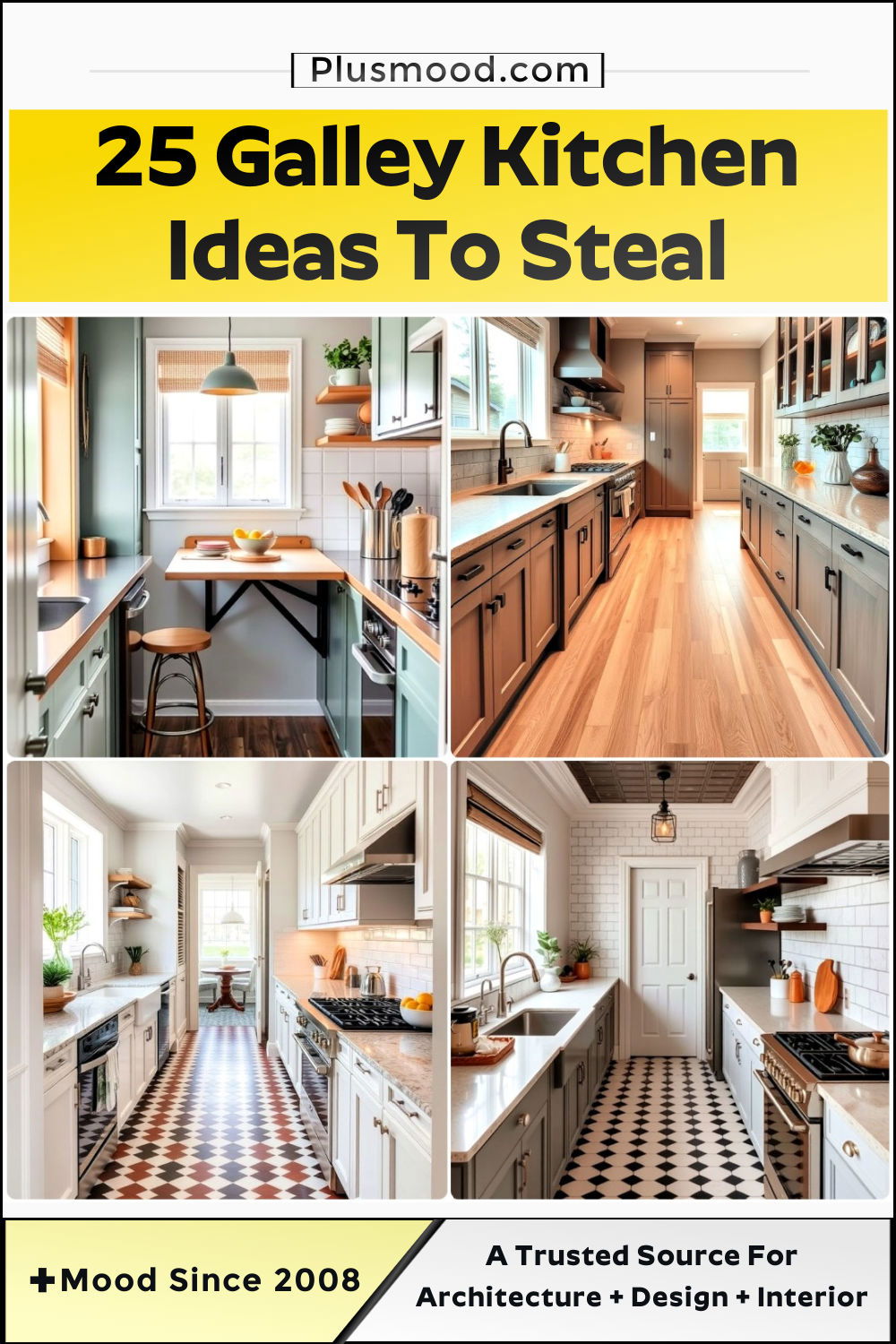
1. Add Sleek, Minimalist Cabinets for a Streamlined Look
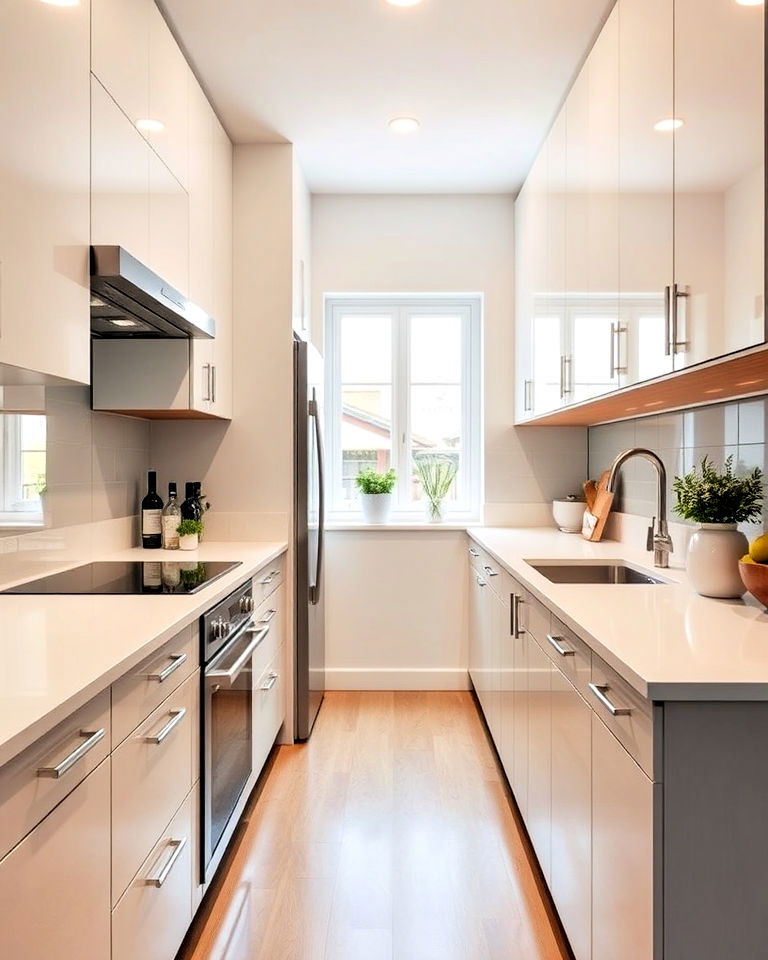
Elevate your galley kitchen with sleek, handle-free cabinets that provide a clean, modern appearance. By eliminating bulky handles, you create a seamless, streamlined effect that visually enlarges the space. Opt for light or glossy finishes to further enhance brightness and openness, especially if your kitchen lacks natural light. This style keeps the kitchen looking tidy and uncluttered, maximizing functionality without sacrificing style.
2. Use Open Shelving to Maximize Space
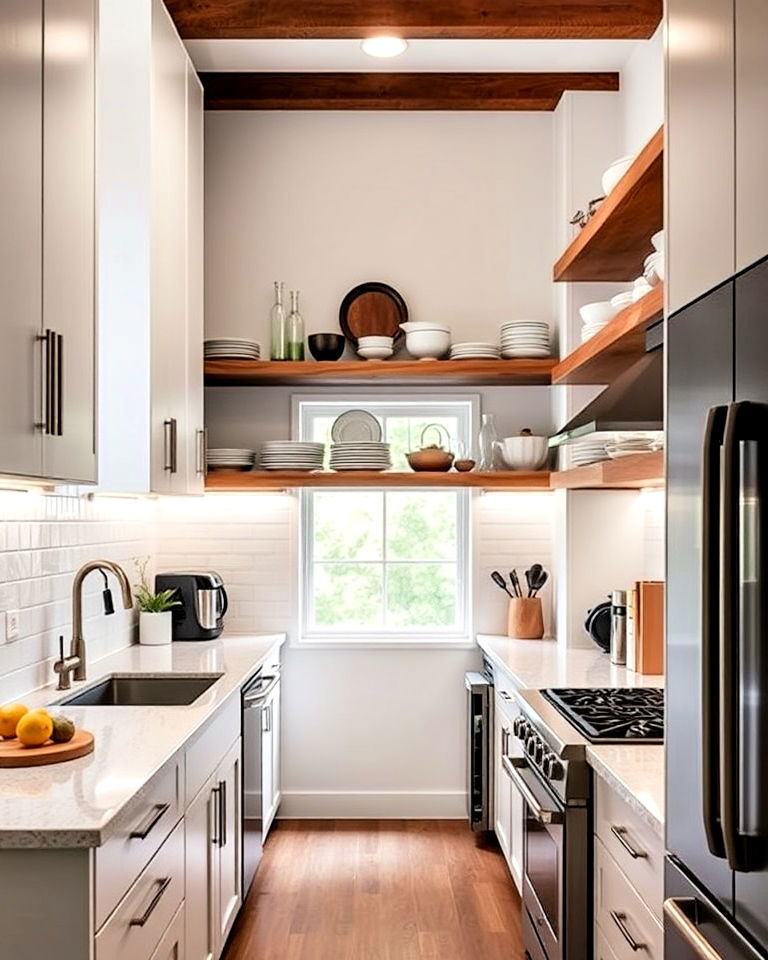
Open shelving can make a narrow galley kitchen feel larger and more inviting by creating visual depth. Displaying dishes, glassware, or cookware on open shelves also adds personality to the kitchen. This approach works well in both modern and rustic designs, allowing you to personalize the space while keeping frequently used items easily accessible. Pair with under-shelf lighting for added functionality and ambiance.
3. Opt for Light Colors to Brighten and Expand the Space
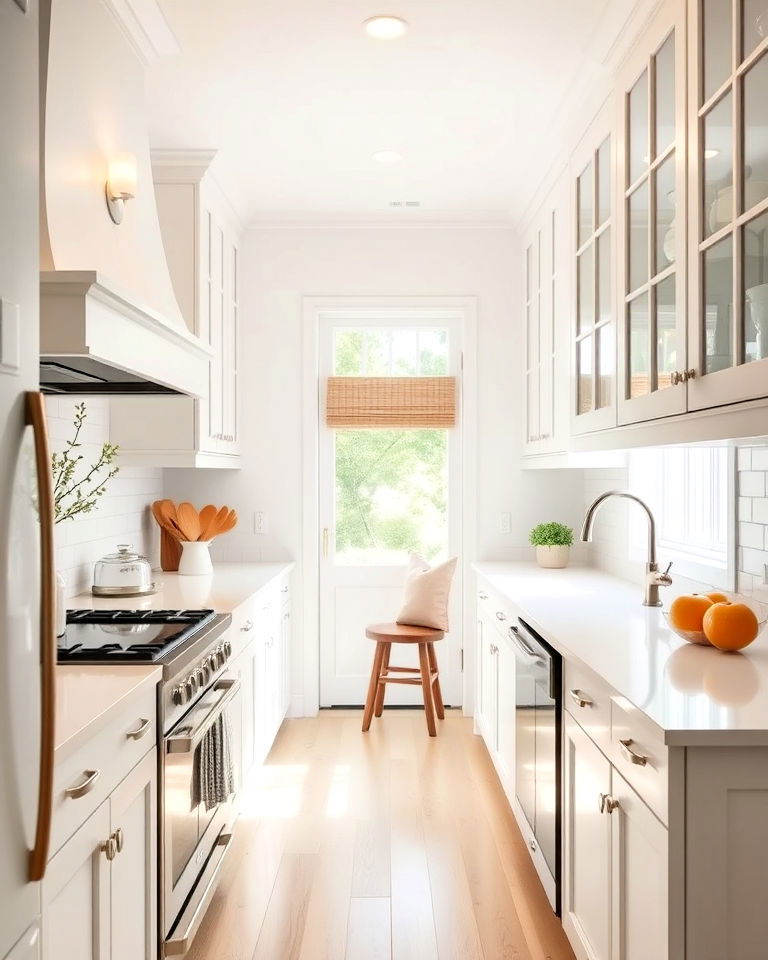
Maximize space with clever galley kitchen ideas for a functional cooking area. Light-colored walls, cabinets, and countertops, paired with creative kitchen wall decor ideas, can make a galley kitchen feel more spacious and airy. Shades like white, soft gray, and pastels reflect light, helping the room feel open and less confined. Light tones also create a neutral backdrop that complements various decor styles, allowing you to switch up accents and finishes as trends change without a major renovation.
4. Install a Skylight for Natural Illumination
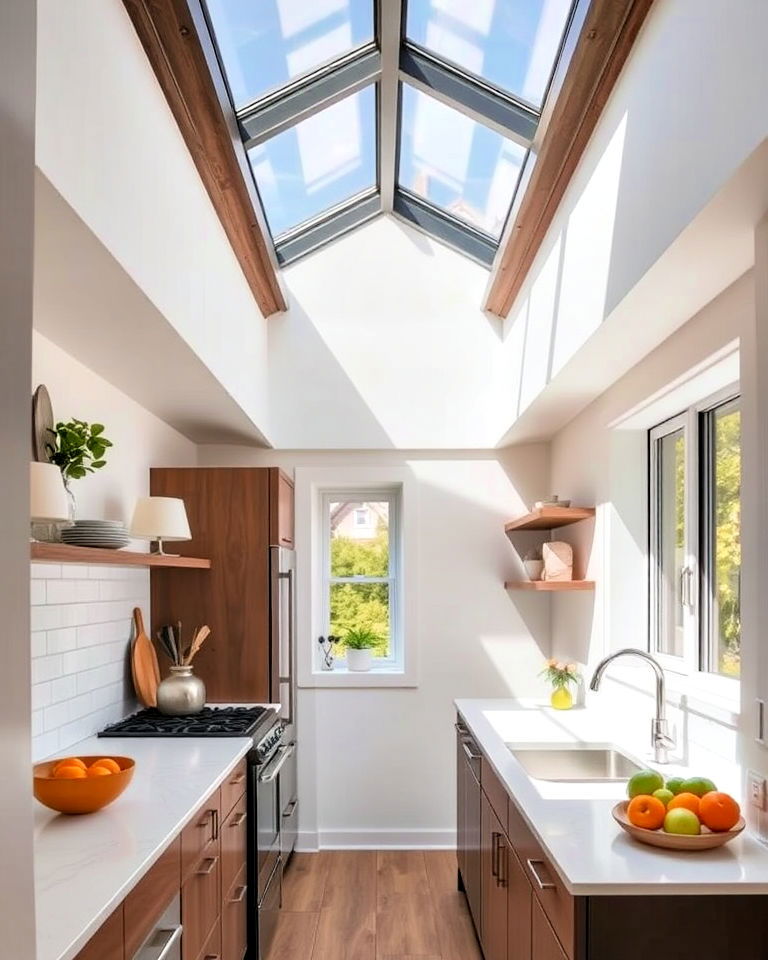
If possible, incorporate a skylight to bring in natural light and open up the kitchen's narrow space. Skylights make the area feel more connected to the outdoors, reducing the cramped feel often associated with galley layouts. The natural light also enhances the colors and textures of your materials, making everything look more vibrant and inviting.
5. Introduce a Bold Backsplash for Visual Interest
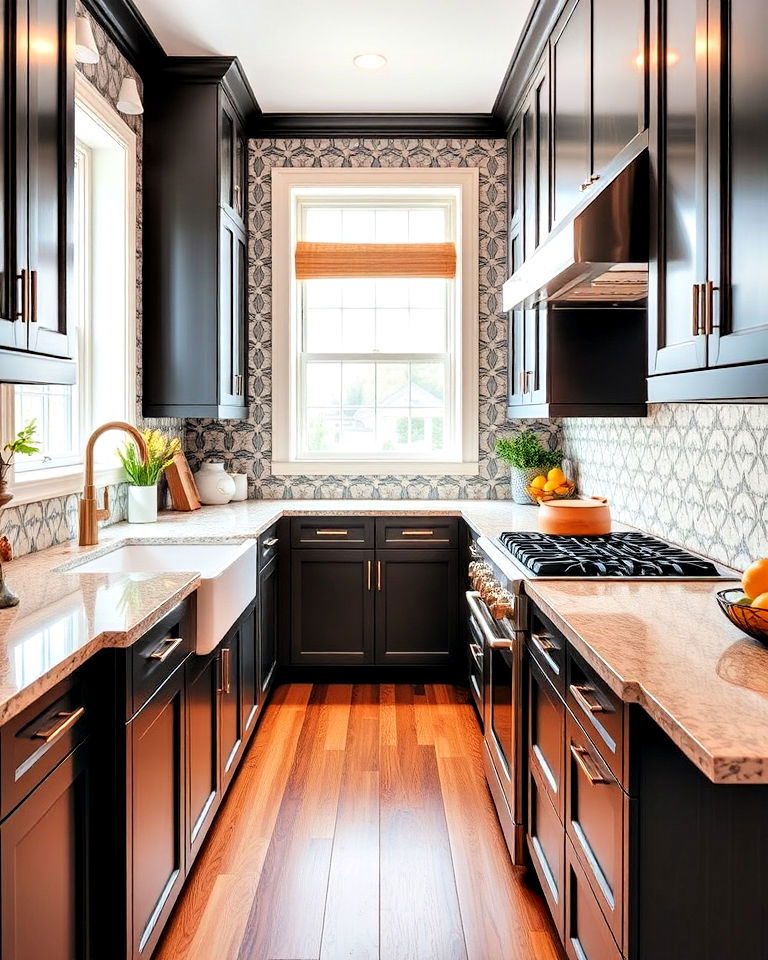
Add a bold, patterned backsplash to create a focal point in your galley kitchen, inspired by various kitchen backsplash ideas for white cabinets. Vibrant tiles, geometric patterns, or unique colors draw the eye and add character, breaking up the long, narrow lines typical of galley layouts. Choose moisture-resistant and easy-to-clean materials to ensure both style and practicality in this high-use area.
6. Use Mirrored Backsplashes to Enlarge the Space
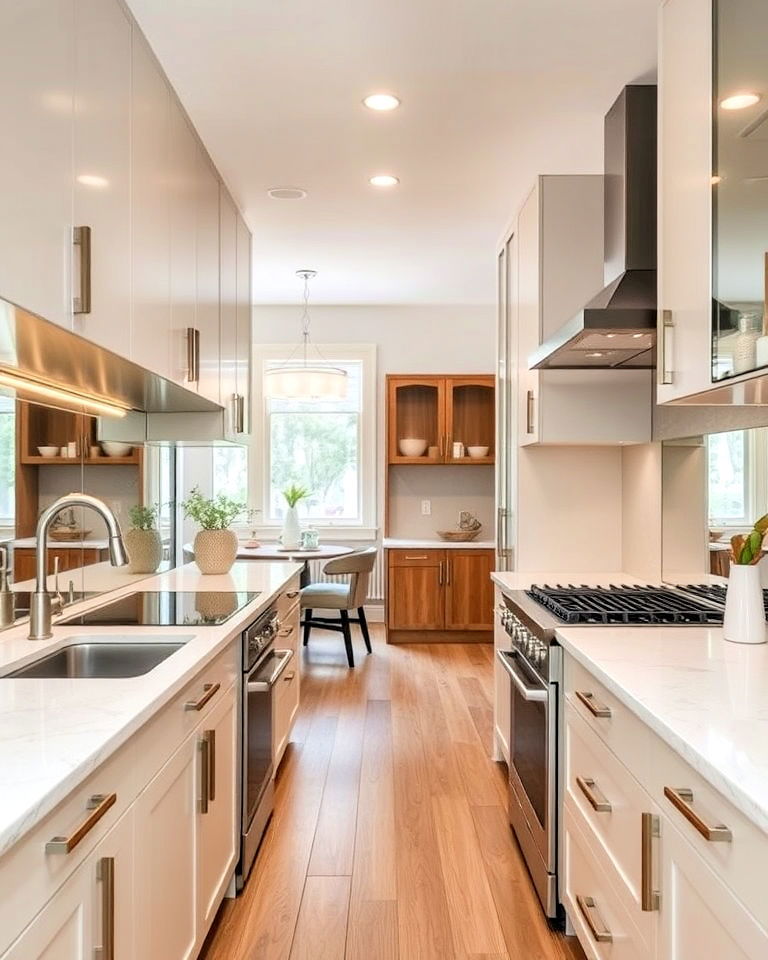
Mirrored backsplashes can reflect light and visually double the width of your galley kitchen. This clever trick enhances the sense of space, making the kitchen appear larger and more open. It's also practical for brightening up darker areas and pairs well with various cabinet finishes and kitchen styles.
7. Incorporate Slimline Appliances for a Space-Saving Design
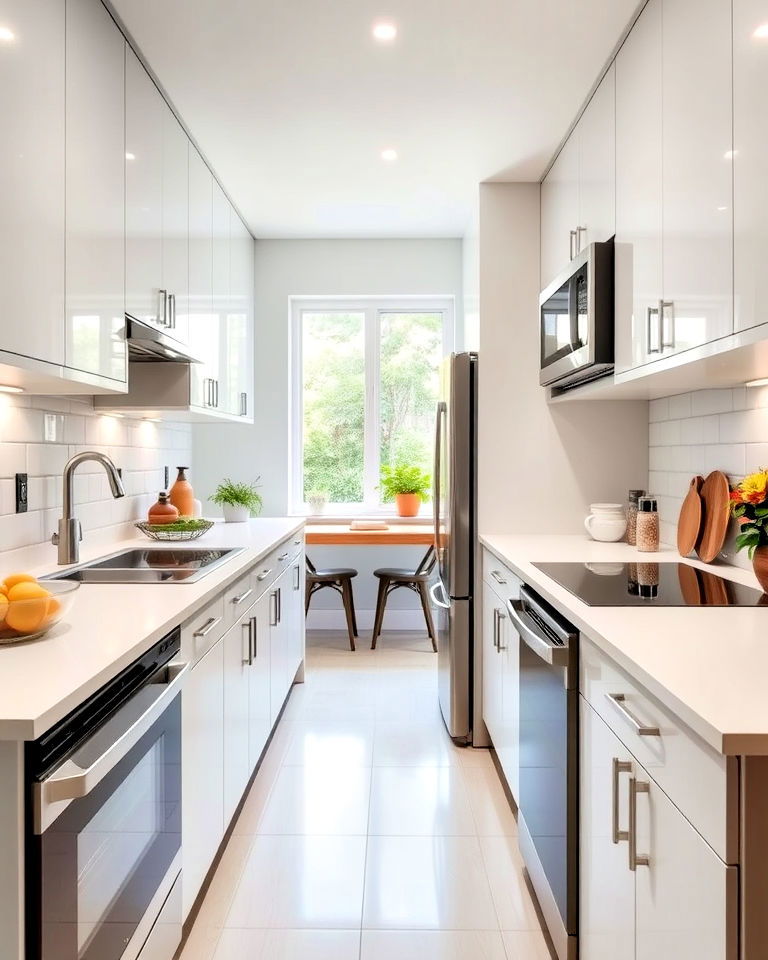
Compact or slimline appliances are ideal for maximizing space in a galley kitchen without compromising functionality. Slim refrigerators, dishwashers, and microwaves keep your kitchen essentials without overwhelming the limited square footage. This choice can streamline your layout and enhance movement within the kitchen, making it easier to navigate and work efficiently.
8. Add an Accent Wall for a Pop of Color
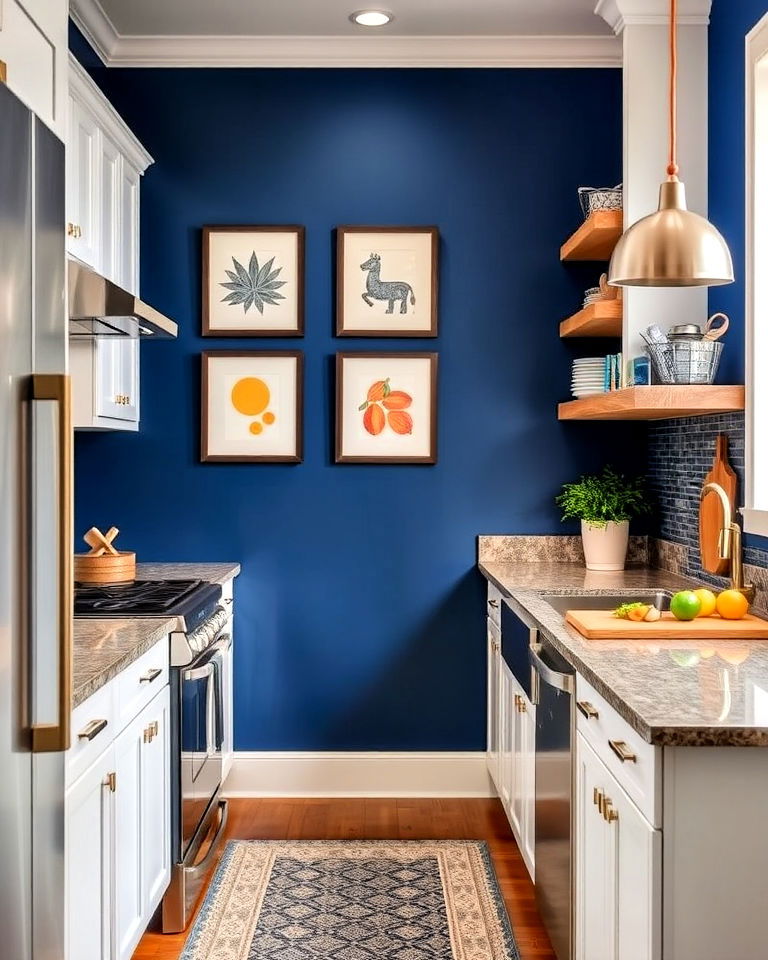
An accent wall in a vibrant or bold color can make a galley kitchen feel more dynamic and less linear. Choose a wall at one end of the kitchen to add depth and make the space feel more welcoming. An accent color can provide contrast, breaking up the monotony and bringing personality to your kitchen design.
9. Maximize Vertical Storage with Tall Cabinets

Discover inspiring galley kitchen designs that blend style with efficiency. Use tall, floor-to-ceiling cabinets to make the most of vertical space in your galley kitchen. This design adds ample storage while minimizing clutter on countertops, helping the space feel tidy and organized. Tall cabinets draw the eye upward, giving the impression of higher ceilings and adding a touch of elegance to the kitchen.
10. Install Under-Cabinet Lighting for Enhanced Functionality
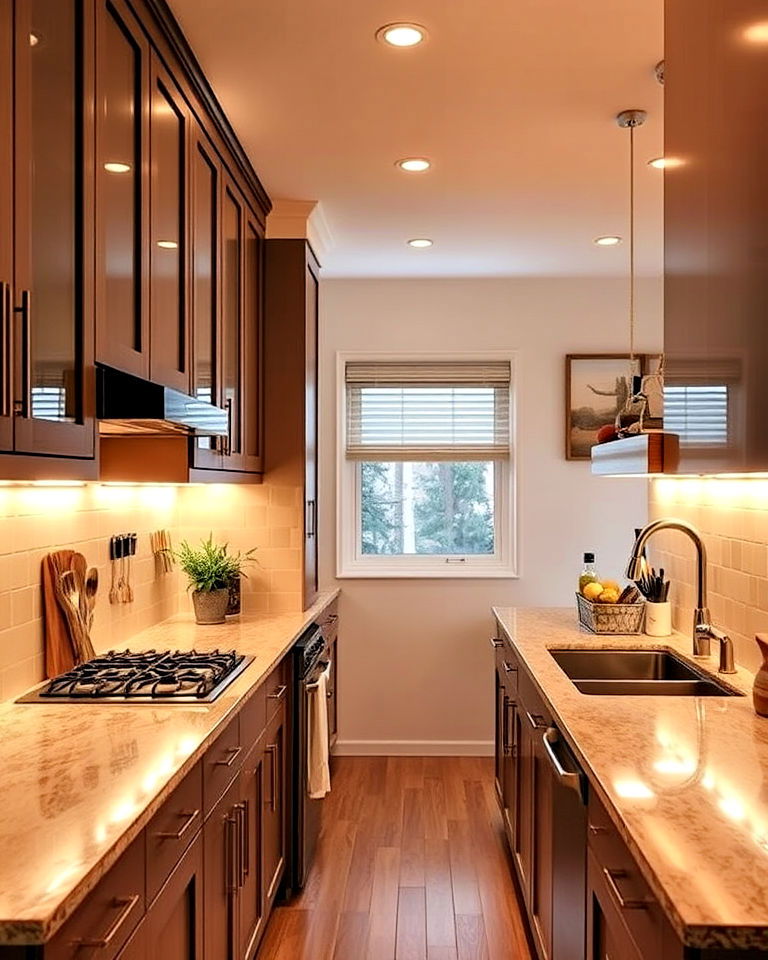
Under-cabinet lighting illuminates your workspace and adds a warm glow, making your galley kitchen feel inviting and well-lit, much like some under cabinet lighting ideas. LED strips or puck lights work well for this purpose, enhancing visibility while cooking or prepping. This type of lighting also accentuates your backsplash and countertops, adding dimension to your kitchen.
11. Use Glass-Front Cabinets for an Open Feel
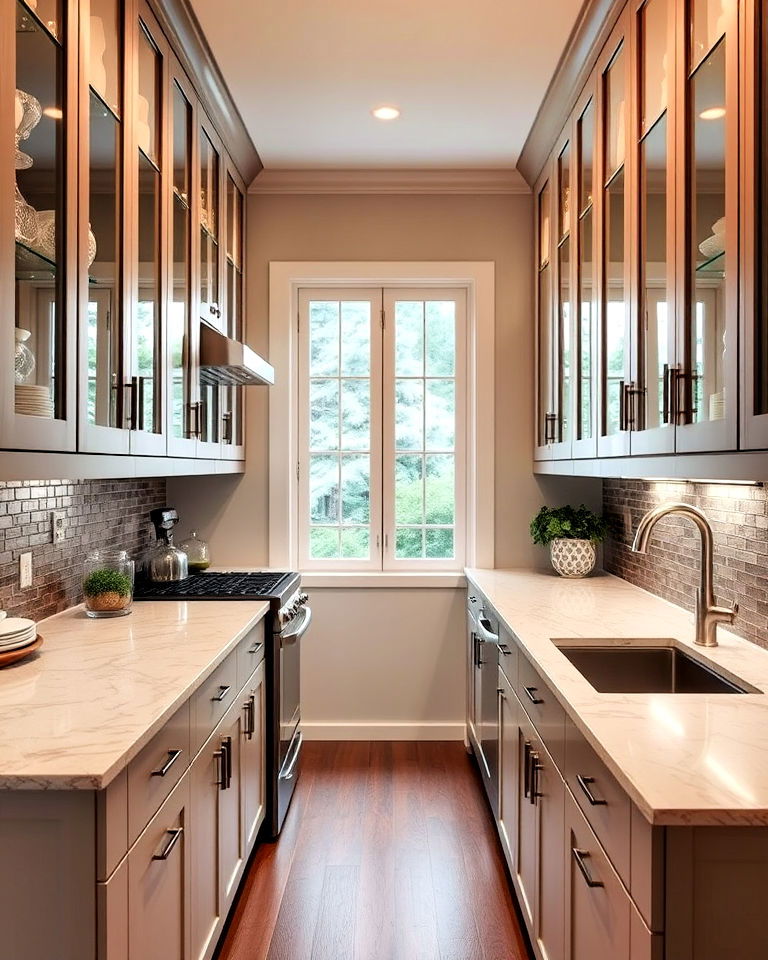
Glass-front cabinets add depth to the galley kitchen without sacrificing storage. This approach allows you to showcase your favorite dishware or glassware, adding an element of decor while creating visual openness. Choose frosted or clear glass to match your style, and pair it with cabinet lighting for a sophisticated look.
12. Add a Narrow Island or Cart for Extra Counter Space
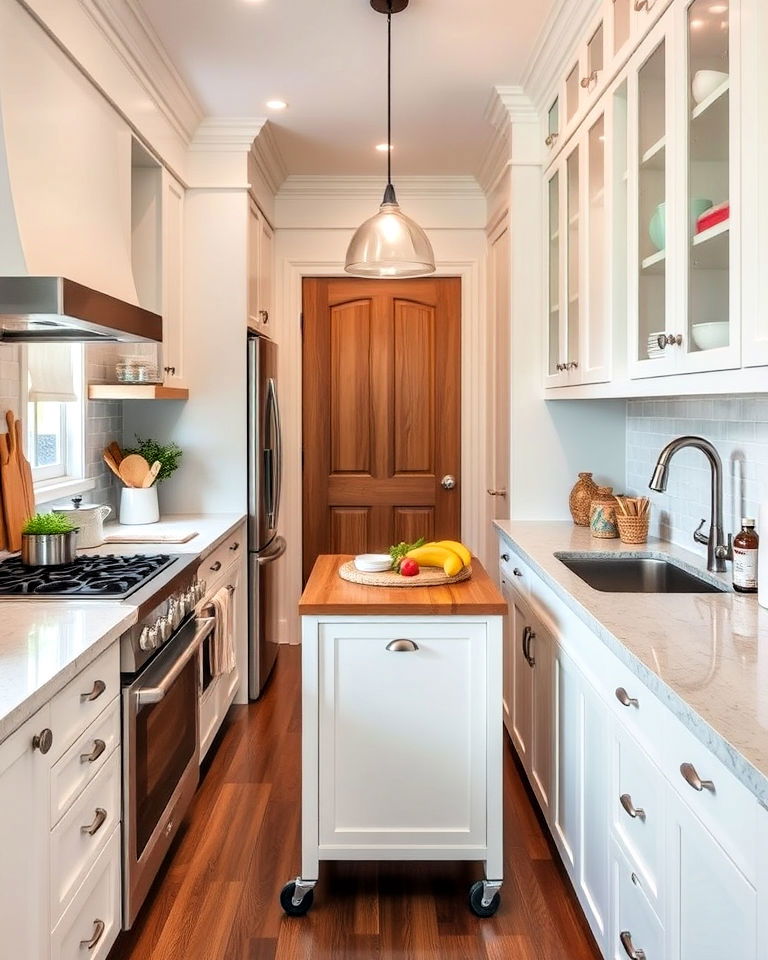
If space allows, a slim island or mobile cart, inspired by small kitchen island ideas, can provide additional counter space and storage in a galley kitchen. Choose one with wheels for easy mobility, making it a flexible option for prepping, serving, or storing items. A narrow island or cart enhances functionality without overcrowding the walkway.
13. Install Pull-Out Pantry Shelves for Efficient Storage
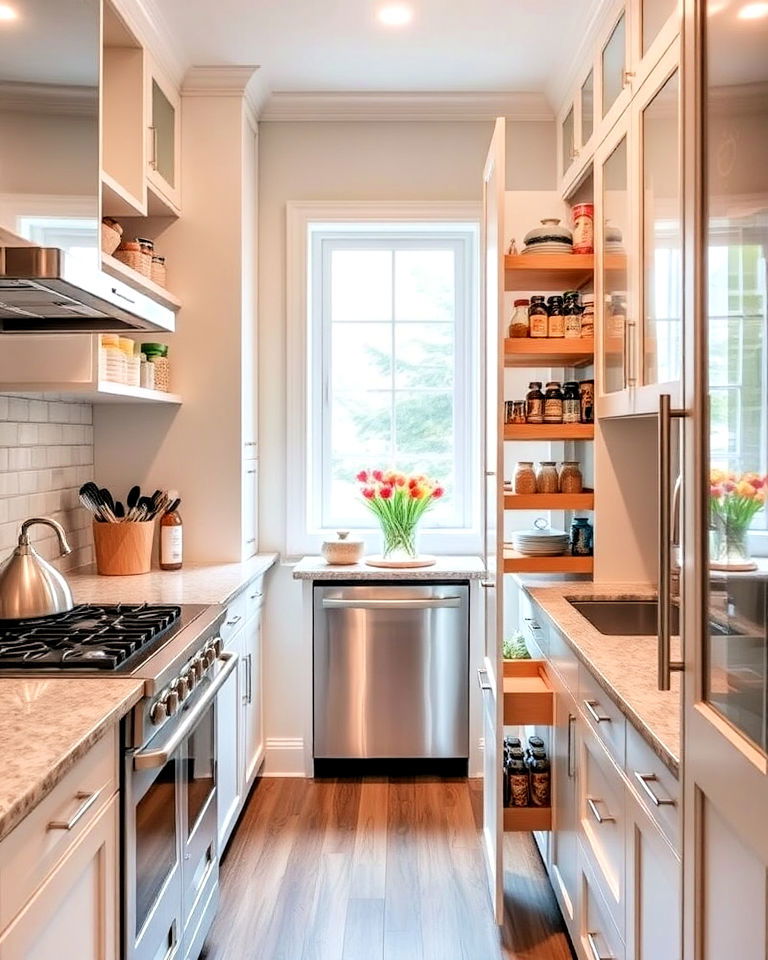
Pull-out shelves in pantry cabinets make accessing items in a narrow galley kitchen easy and efficient. These shelves allow you to use the full depth of your cabinets, so nothing gets lost in the back. It's an ideal solution for organizing spices, canned goods, or small appliances in compact spaces.
14. Incorporate a Ceiling Rack for Pots and Pans
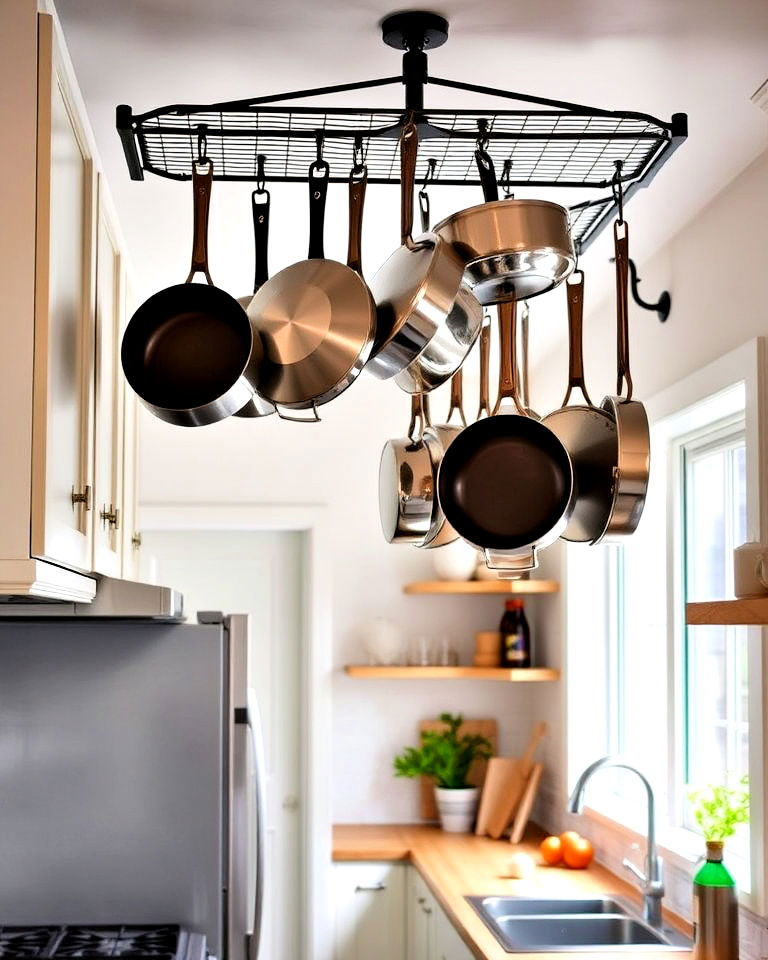
Find the perfect galley kitchen layout to streamline your culinary workflow. Free up cabinet space by installing a ceiling rack for hanging pots and pans. This practical solution adds a touch of industrial style while keeping your cookware within reach. A ceiling rack is particularly useful in small kitchens where every inch counts, and it turns your pots and pans into a decorative feature.
15. Use Uniform Flooring for Continuity

Choosing a continuous flooring style throughout the galley kitchen creates a seamless, unified look that visually elongates the space. Opt for materials like wood, vinyl planks, or tiles in neutral tones to maintain a cohesive flow. This technique minimizes visual clutter, making the kitchen feel more spacious and inviting.
16. Go for High-Gloss Surfaces to Reflect Light
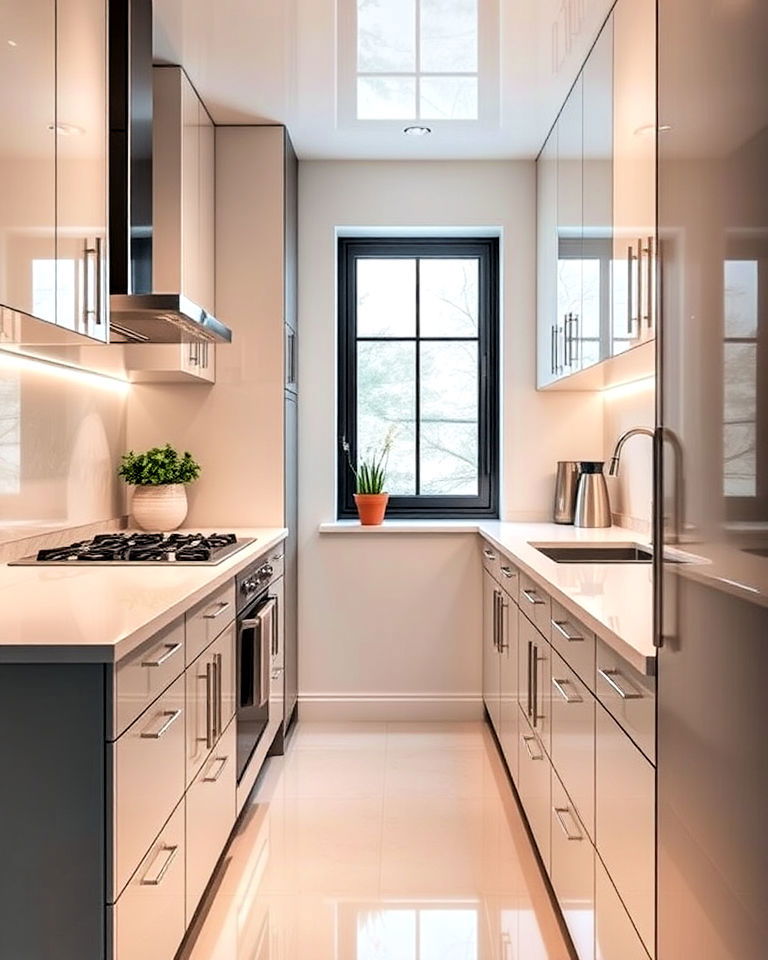
High-gloss surfaces on cabinets, countertops, or even the backsplash, inspired by kitchen countertop ideas, can reflect light, brightening the galley kitchen and creating a more open feel. These reflective surfaces work especially well in small or narrow kitchens, where maximizing light is essential. Plus, they're easy to clean and give the kitchen a polished, modern look.
17. Add a Fold-Down Table for Flexible Dining
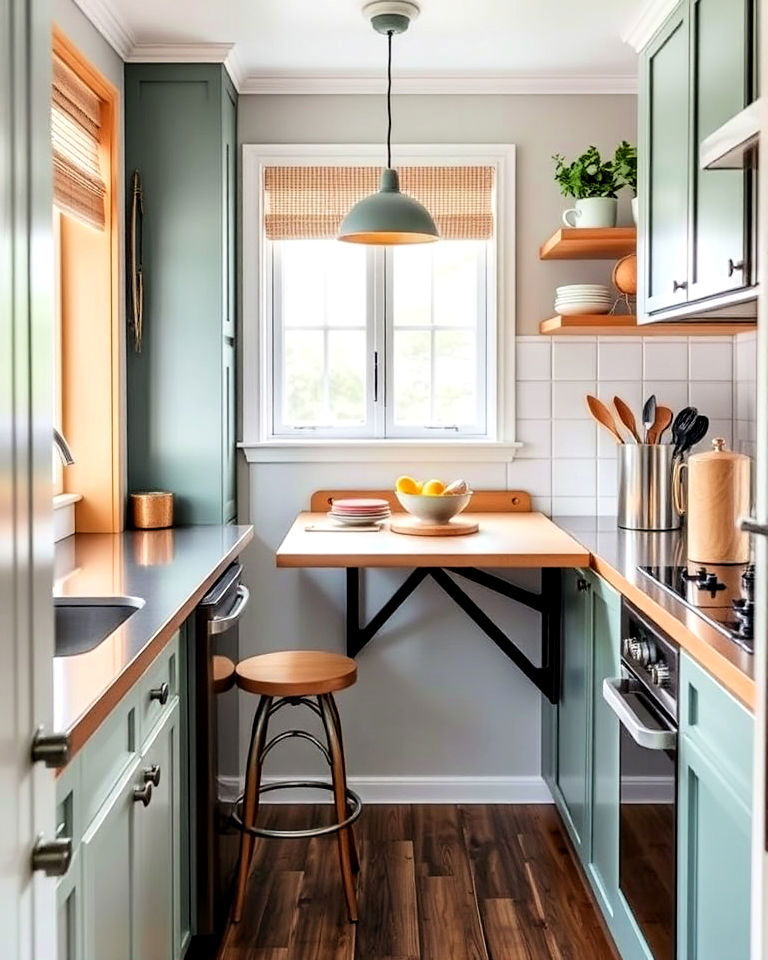
For small kitchens lacking dining space, a fold-down table mounted on the wall offers a practical solution. This space-saving table can be folded away when not in use, freeing up valuable floor space. It's perfect for casual meals, food prep, or as an extra counter area, providing versatility in a compact design.
18. Use Bold Cabinet Hardware for Visual Interest
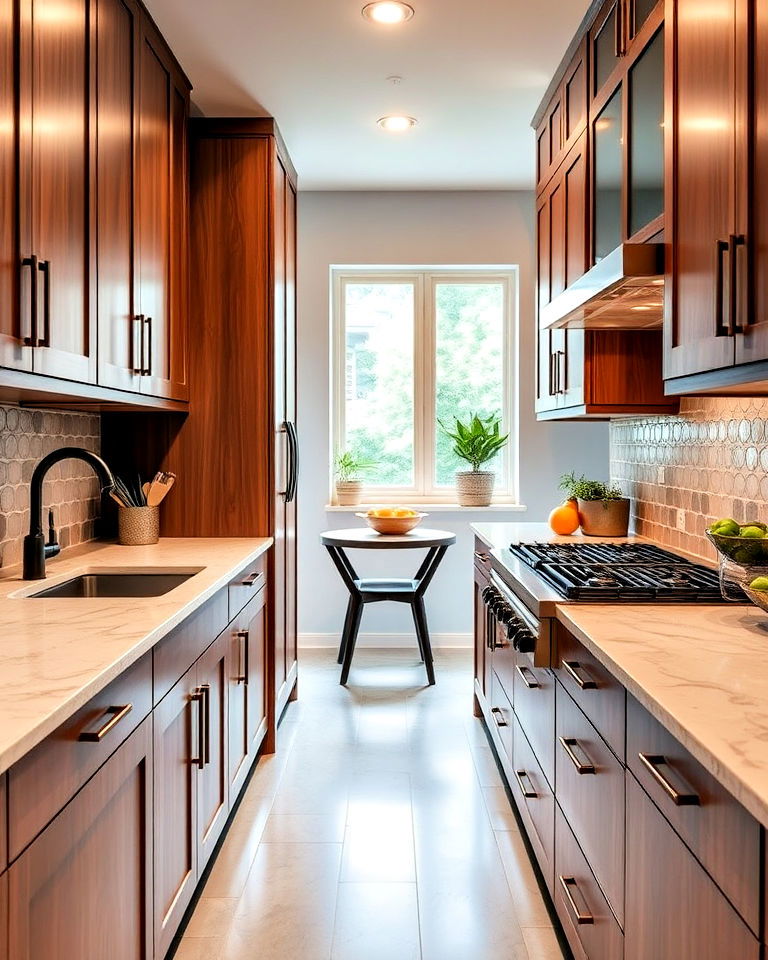
Distinctive cabinet hardware in bold or contrasting colors can add character to your galley kitchen. Consider handles or knobs in materials like brass, matte black, or brushed nickel to introduce a touch of personality. This small detail adds a custom feel and breaks up the uniformity of a narrow space.
19. Install Pocket Doors for Better Space Management

Explore chic and compact galley kitchens ideal for small spaces. Pocket doors save valuable floor space by sliding into the wall rather than swinging open. They're particularly useful in galley kitchens where space is tight, allowing easier movement between rooms without obstruction. This structural change can make the kitchen feel more open and accessible.
20. Go Monochromatic for a Sleek, Modern Look
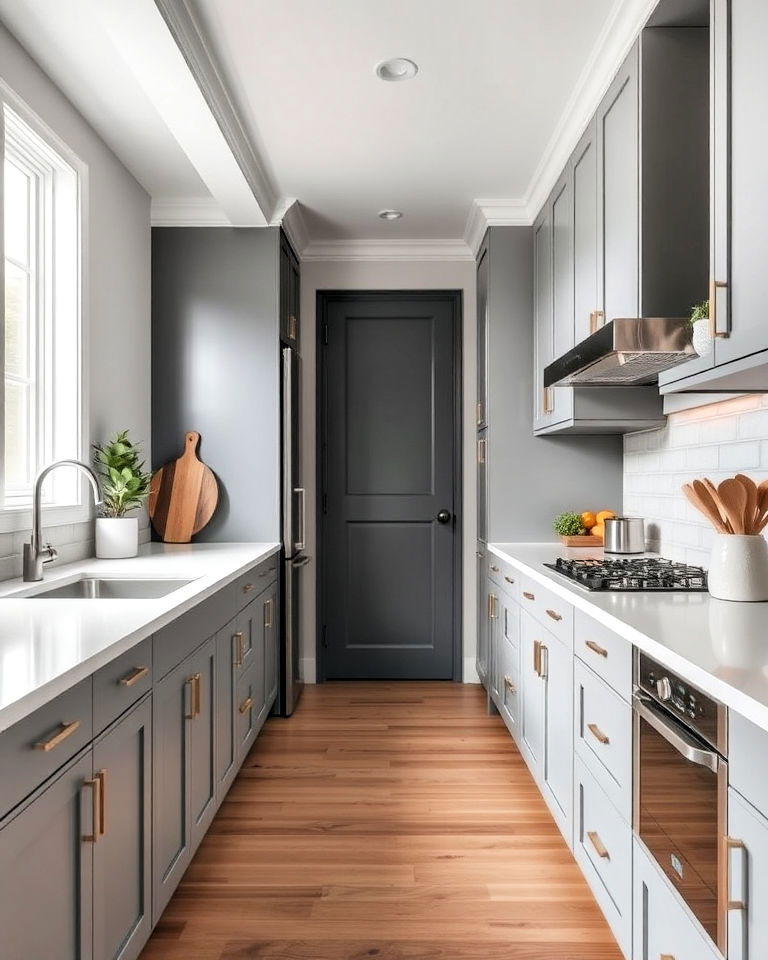
A monochromatic color scheme brings a sleek, cohesive look to a galley kitchen, making it appear larger and more unified. Stick to varying shades of one color, like grays or blues, to add depth without visual clutter. Monochromatic designs create a calming, minimalist aesthetic that's both timeless and stylish.
21. Use Hidden Storage Solutions for a Clean Look
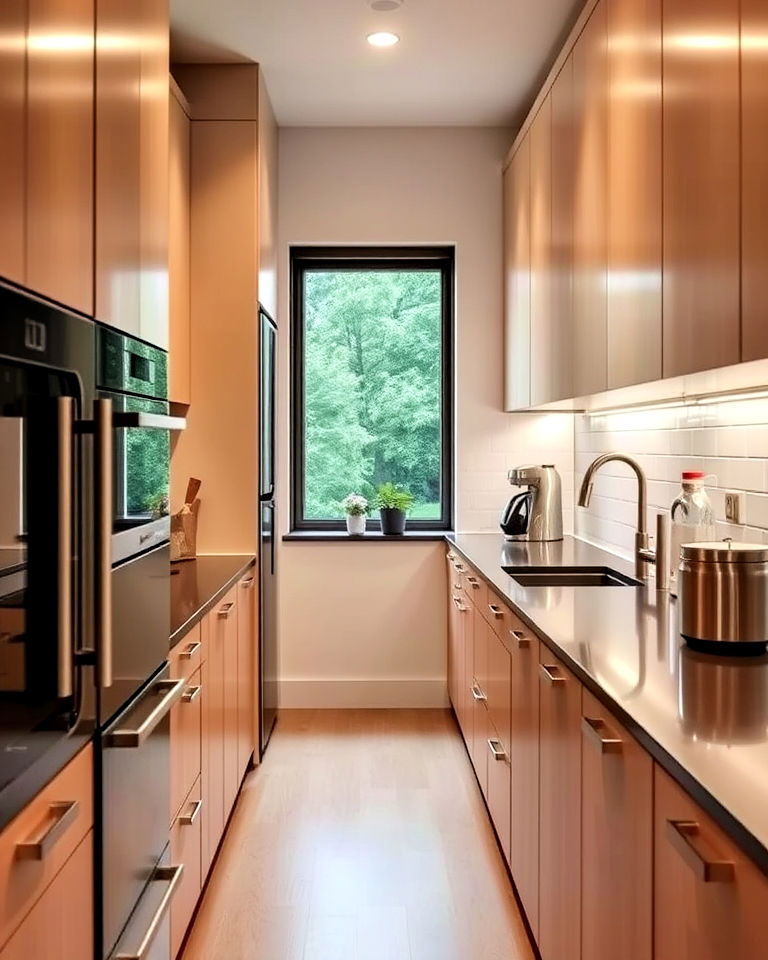
Incorporate hidden storage options, such as appliance garages or concealed trash bins, to keep countertops clutter-free. Hidden storage provides a streamlined look that's essential in narrow spaces. With concealed storage, you can maintain a minimalist appearance while keeping necessary items within reach.
22. Choose Patterned Flooring for Added Character
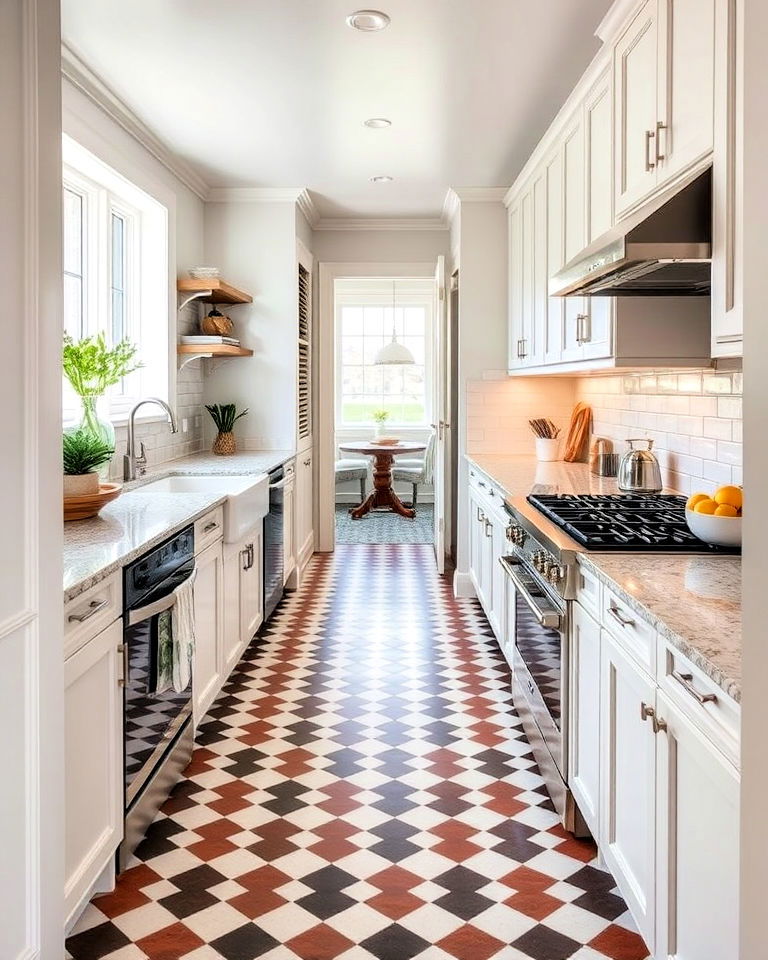
A patterned floor in a galley kitchen can break up the narrow space and add visual interest. Options like herringbone, checkerboard, or geometric patterns create depth and enhance the kitchen's personality. Patterned flooring draws the eye downward, making the space feel more dynamic.
23. Use Sliding Cabinet Doors for Space Efficiency
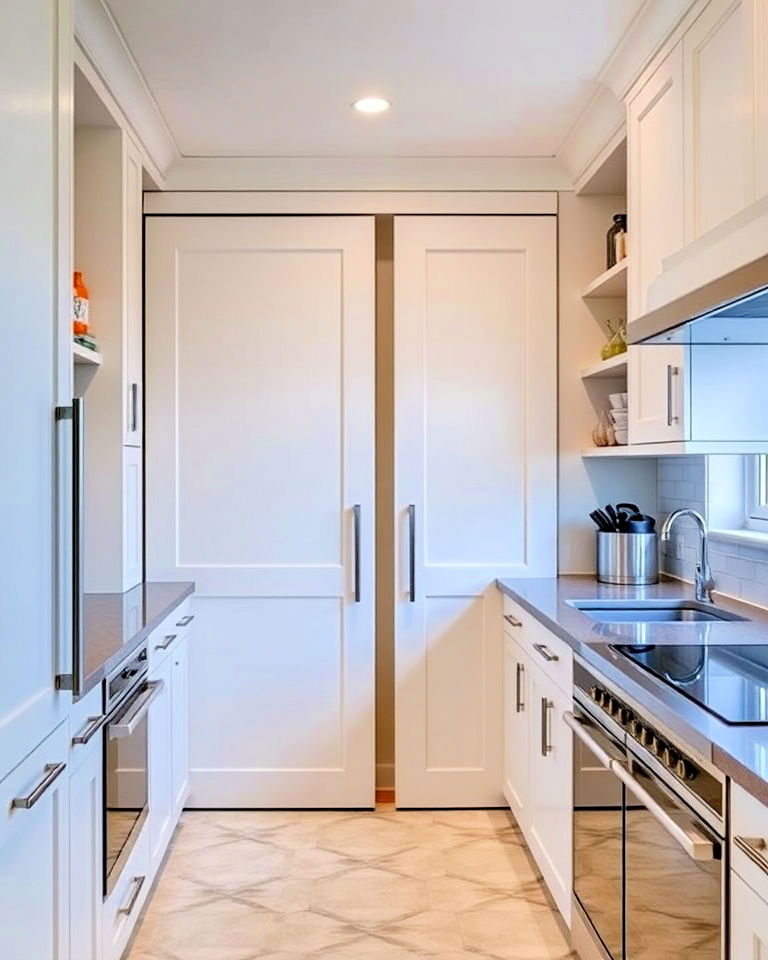
Sliding cabinet doors are ideal for narrow kitchens where traditional doors may hinder movement. This type of door is easy to use and keeps the kitchen feeling open and accessible. Sliding doors provide a unique design element while maximizing every inch of your cabinet space.
24. Install a Tiled Ceiling for Extra Style
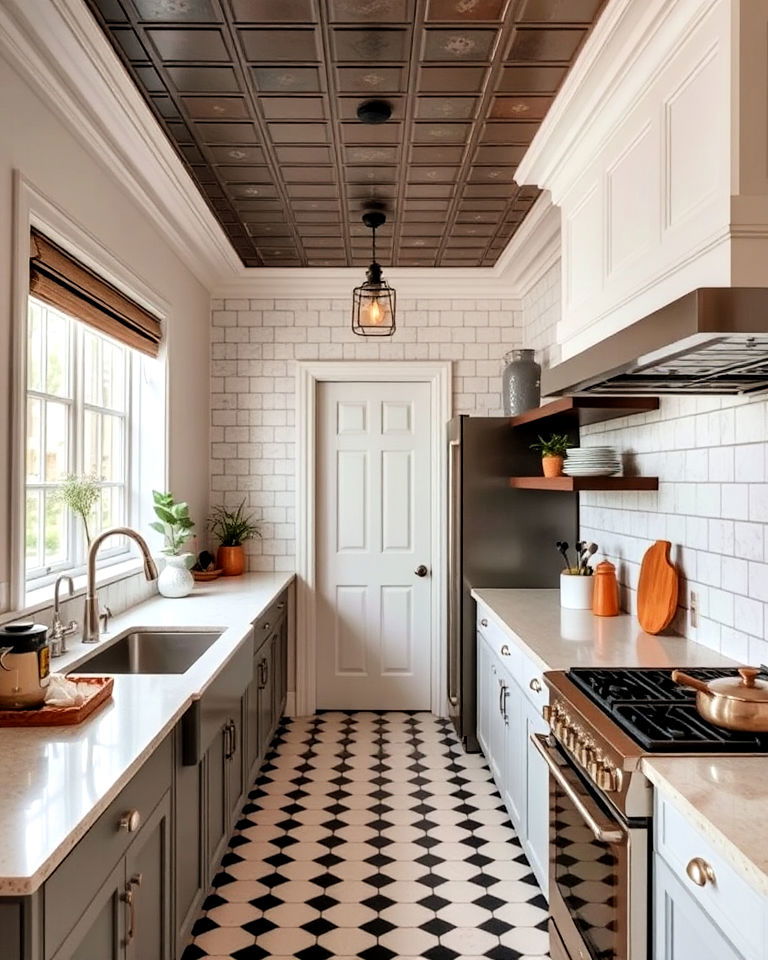
Create a seamless look with a modern galley-style kitchen design. A tiled ceiling adds unexpected style and can make a galley kitchen feel more elegant and personalized. Choose tiles that complement your backsplash or flooring for a cohesive look, or go bold with a contrasting pattern. A tiled ceiling can become a statement feature that elevates the overall design.
25. Add a Galley Window or Pass-Through for Openness

If your galley kitchen is enclosed, consider adding a window or pass-through to connect it with adjacent spaces. This creates visual flow and makes the kitchen feel more integrated with the rest of the home. A pass-through window is particularly useful for serving meals and can add natural light, enhancing the kitchen's atmosphere.
Conclusion:
Optimizing a galley kitchen for both style and function is achievable with the right design choices. Key ideas include using light colors and reflective surfaces to open up space, while smart storage solutions like vertical cabinetry and open shelving, inspired by kitchen layout ideas, keep essentials within reach. Additionally, details like slimline appliances, bold backsplashes, and under-cabinet lighting not only elevate the room's aesthetic but also enhance its usability. With these galley kitchen ideas, you'll discover how to turn your narrow kitchen into a practical yet beautiful space that reflects your unique taste and needs.
Key Points:
- Optimize Space with Smart Storage: Maximize vertical storage, open shelving, and pull-out pantry options to keep essentials organized and accessible.
- Use Light Colors and Reflective Surfaces: Light tones and high-gloss finishes create an open, airy feel, making the galley kitchen appear larger.
- Incorporate Compact, Slimline Appliances: Slim appliances enhance functionality without overwhelming the limited space.
- Add Bold Backsplashes or Accent Walls: Infuse personality and visual interest to break up narrow, linear layouts.
- Enhance Lighting with Under-Cabinet and Skylight Options: Effective lighting brightens the space, improving both ambiance and usability.
- Create Visual Depth with Design Tricks: Elements like mirrored backsplashes, continuous flooring, and accent walls make the space feel larger and more cohesive.
What to Do Next:
- Define Your Priorities: Choose between optimizing storage, enhancing lighting, or adding aesthetic elements, based on your kitchen's needs.
- Set a Realistic Budget: Outline what's affordable, focusing on high-impact areas such as cabinetry, lighting, and appliances.
- Plan the Layout and Style: Select a style (e.g., modern or rustic) and plan a layout that maximizes functionality without overcrowding.
- Consult Experts for Major Changes: Seek advice for structural adjustments, like adding a skylight or installing a pass-through, to ensure quality results.

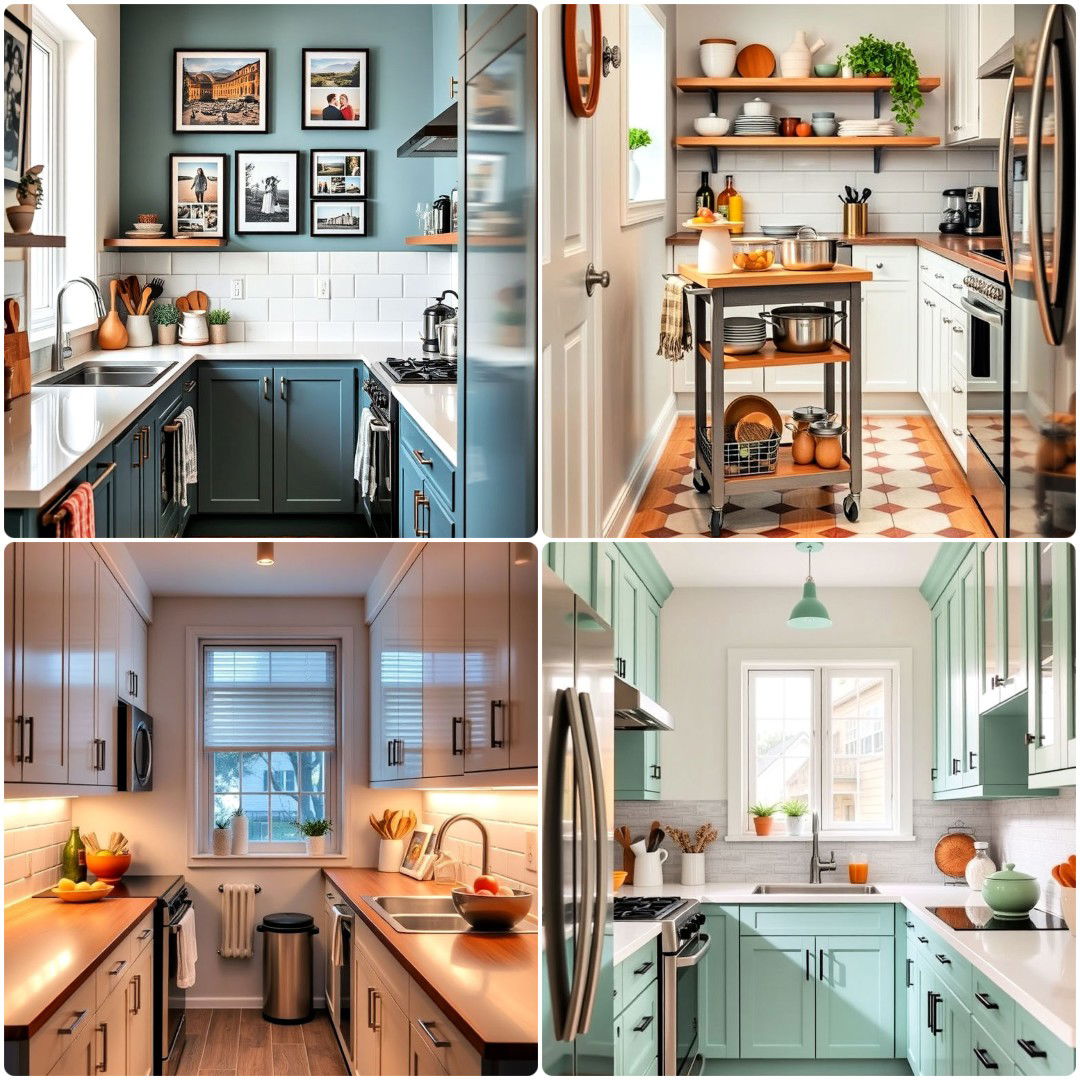

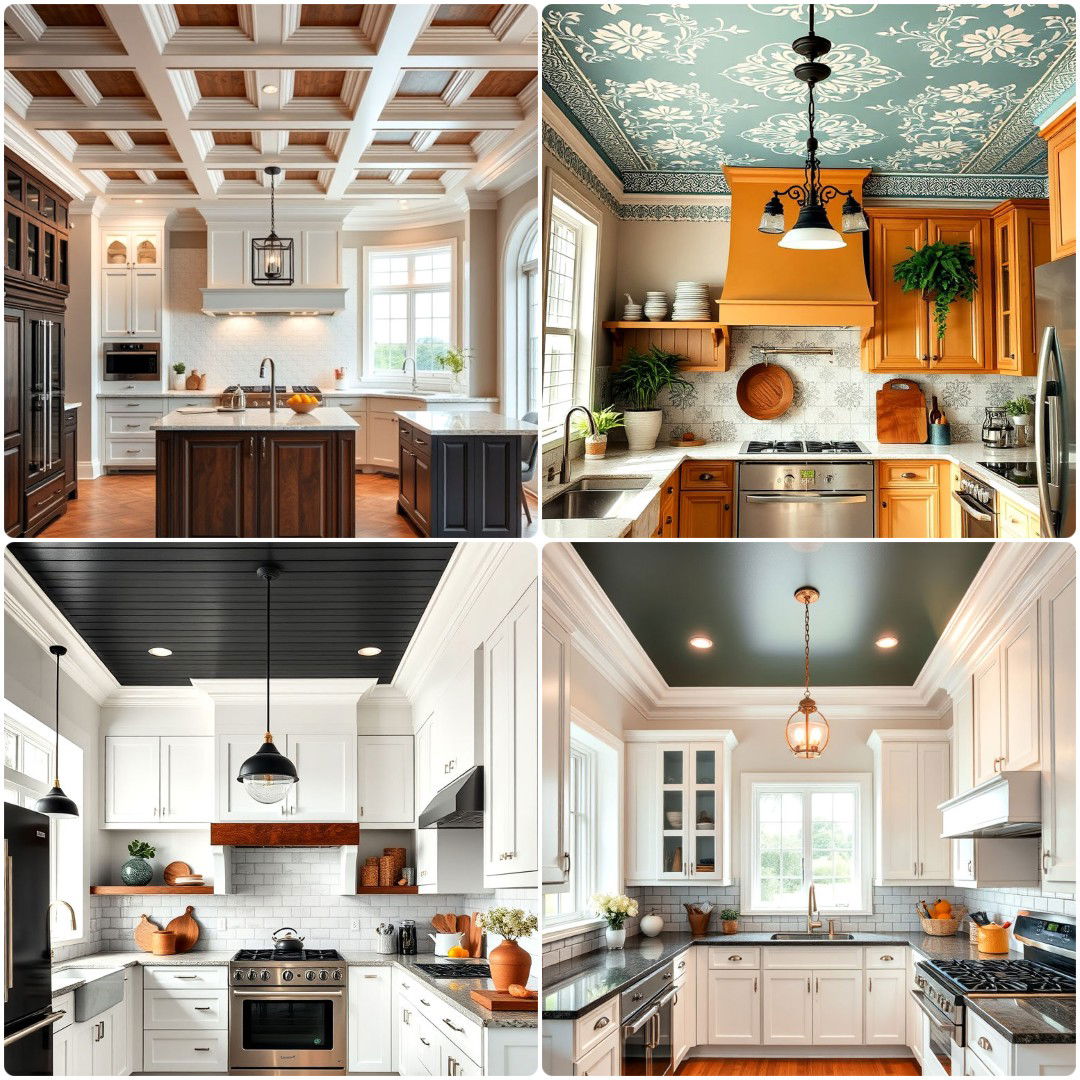
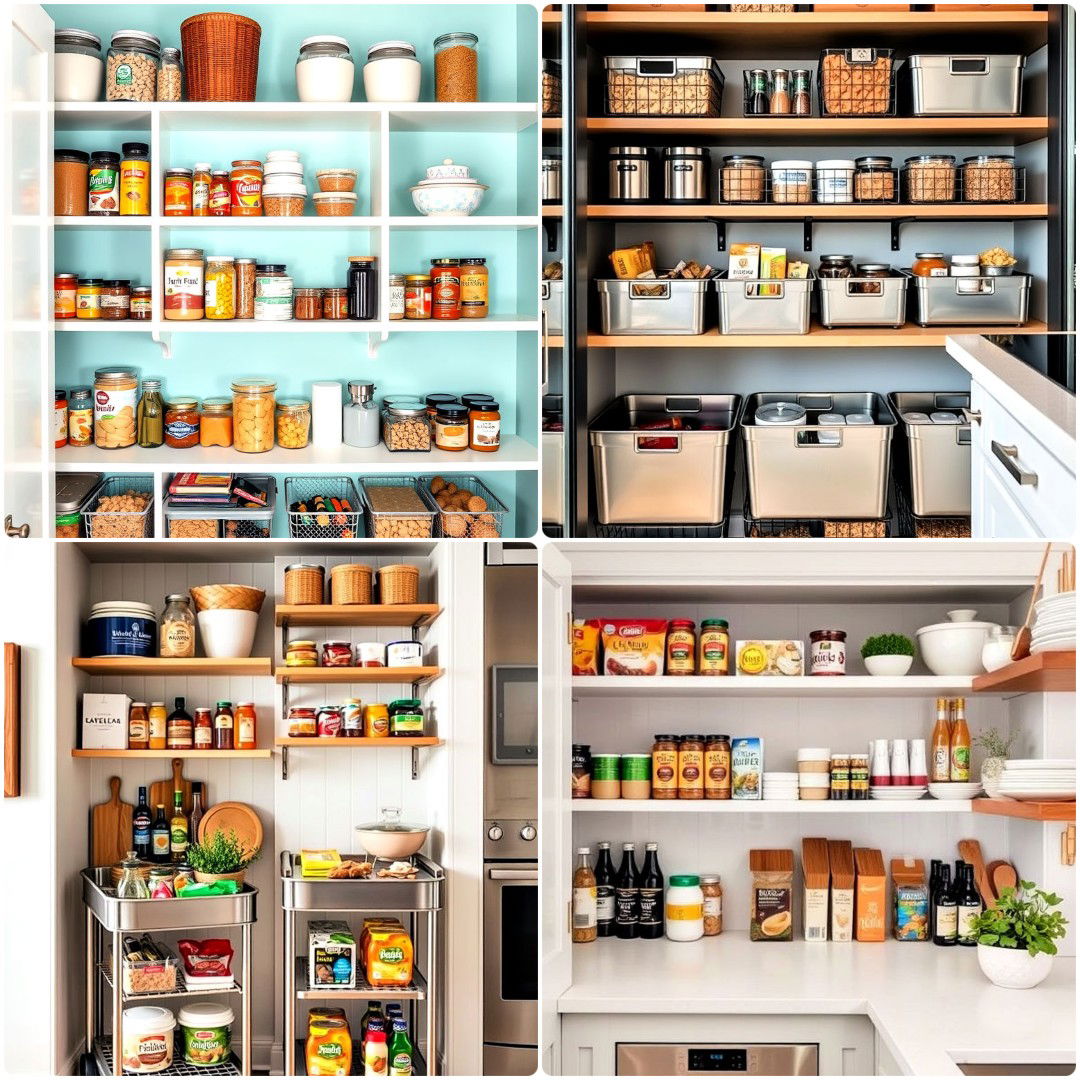
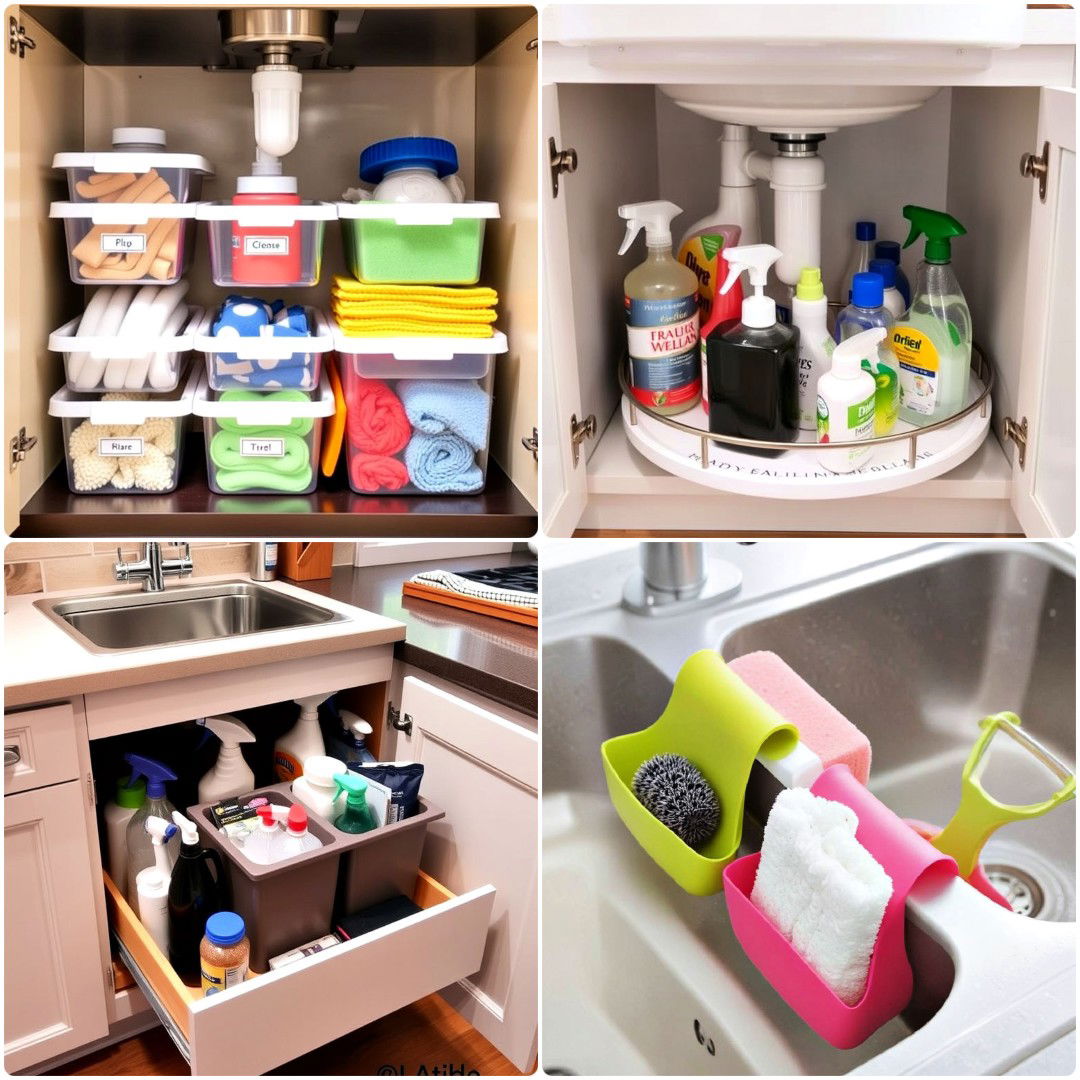
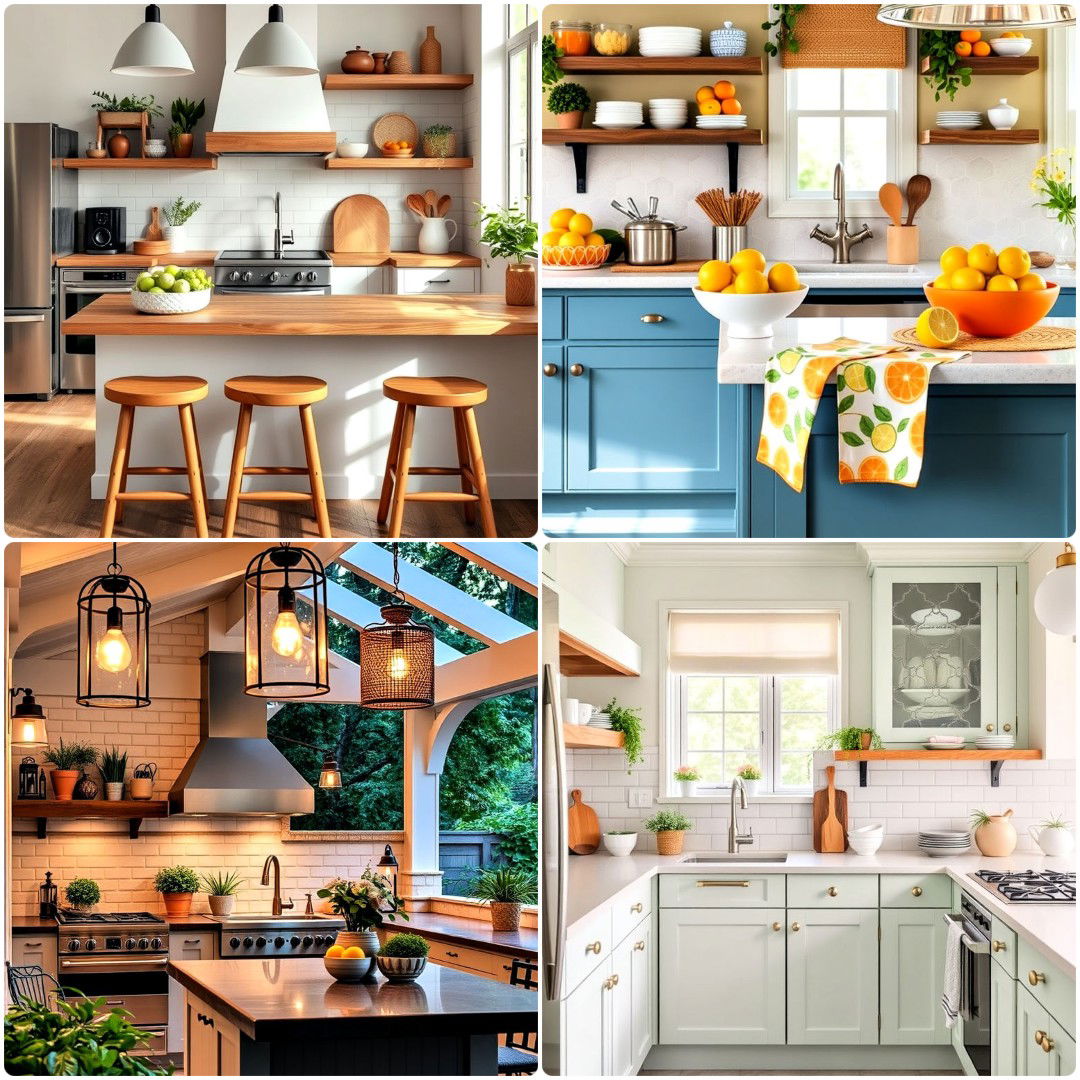
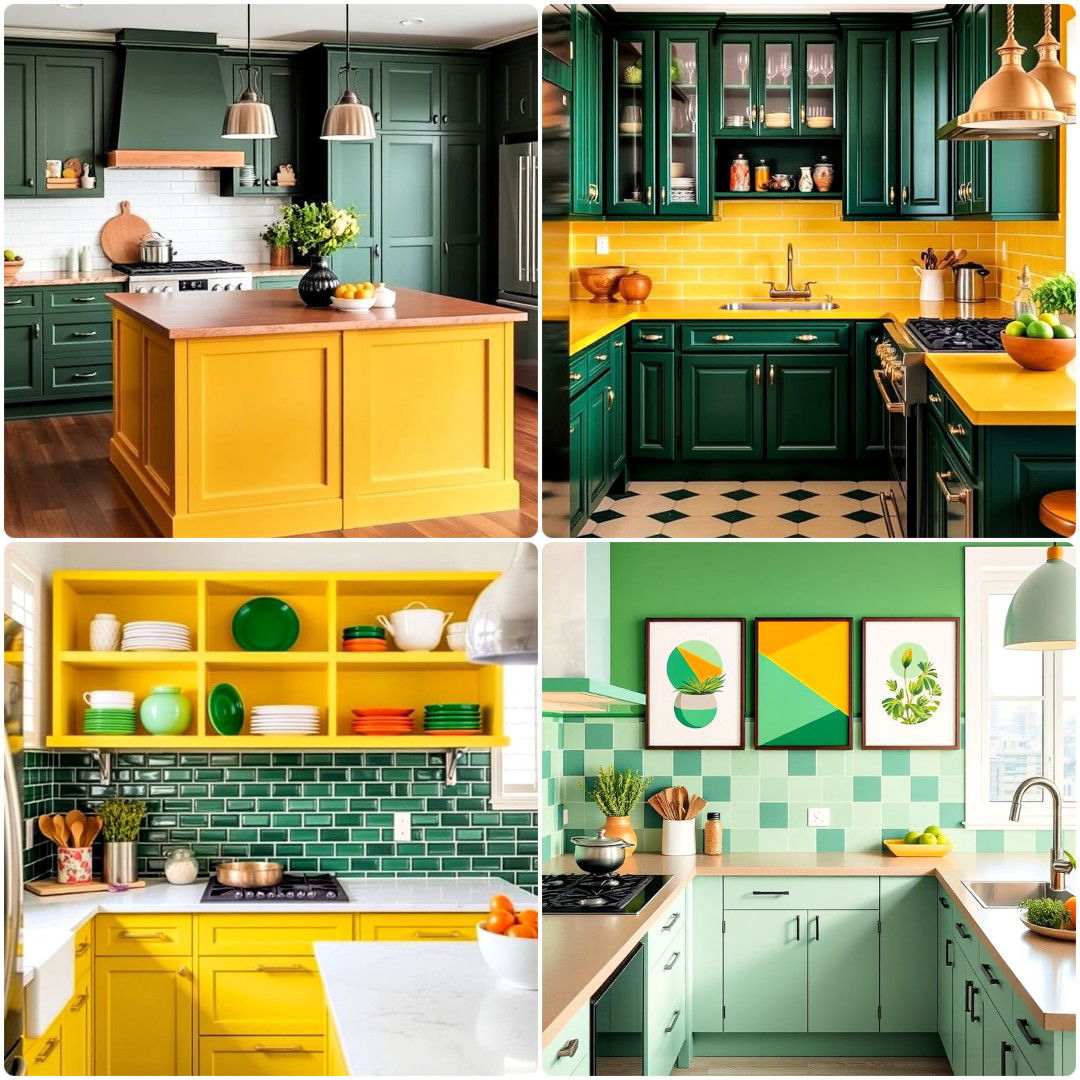
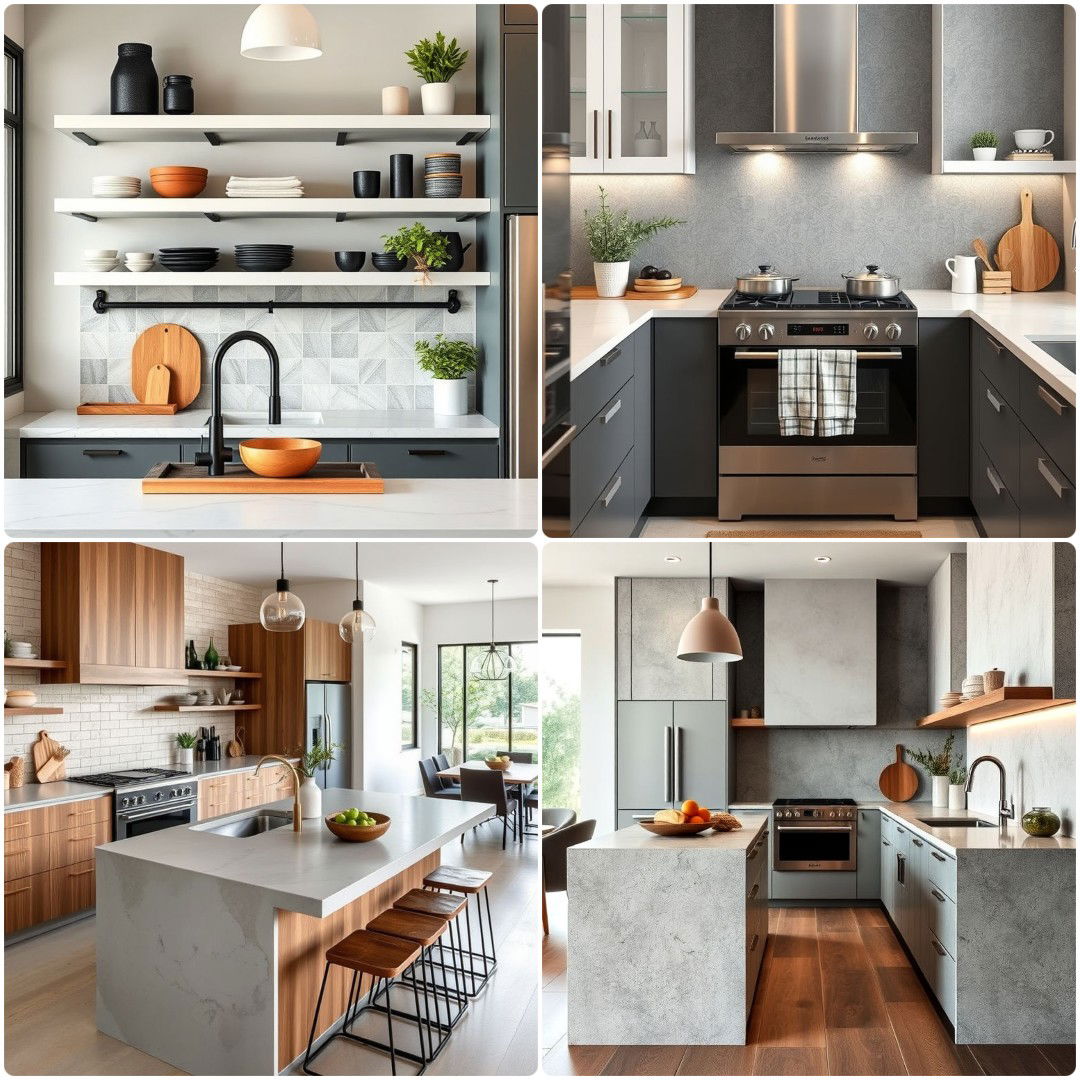
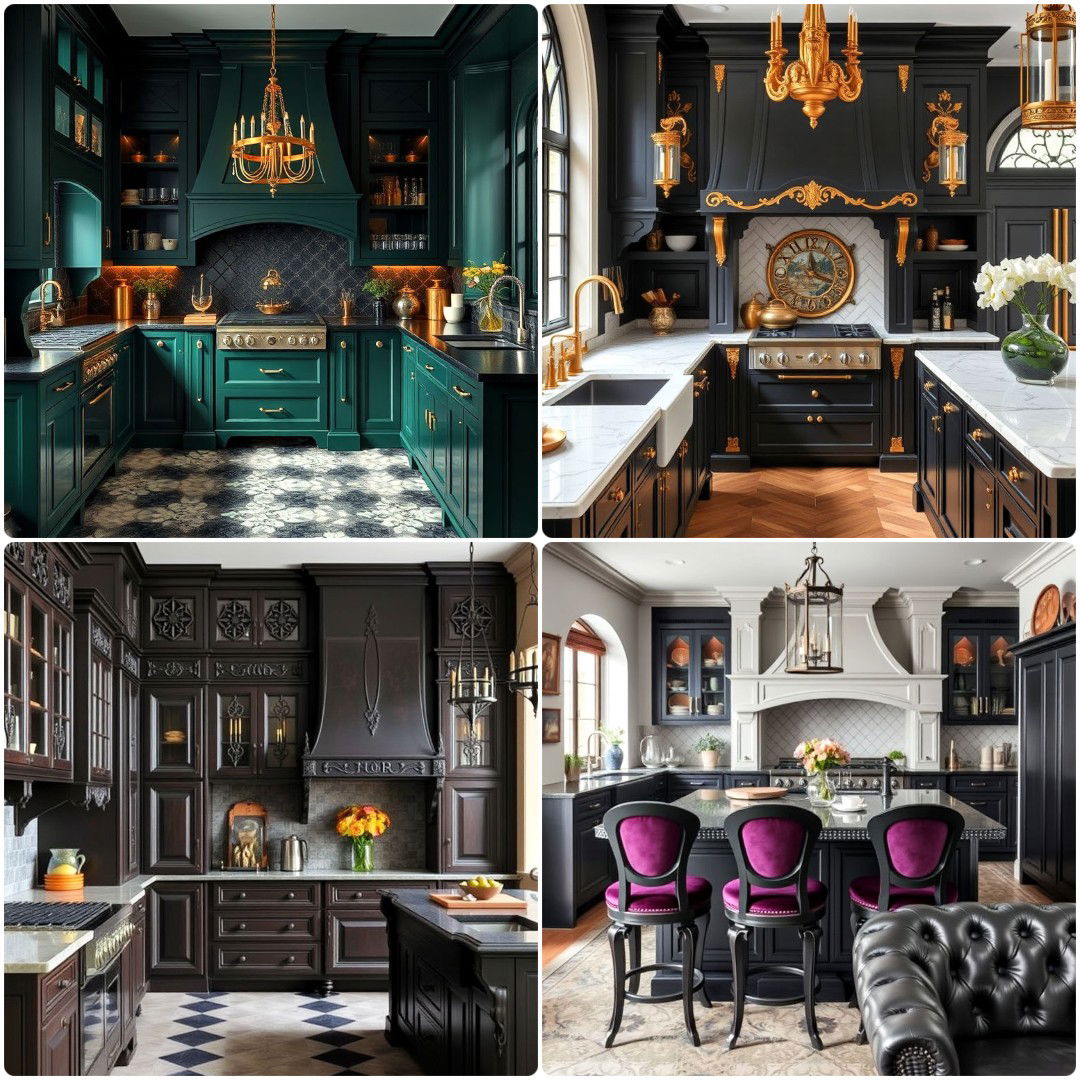
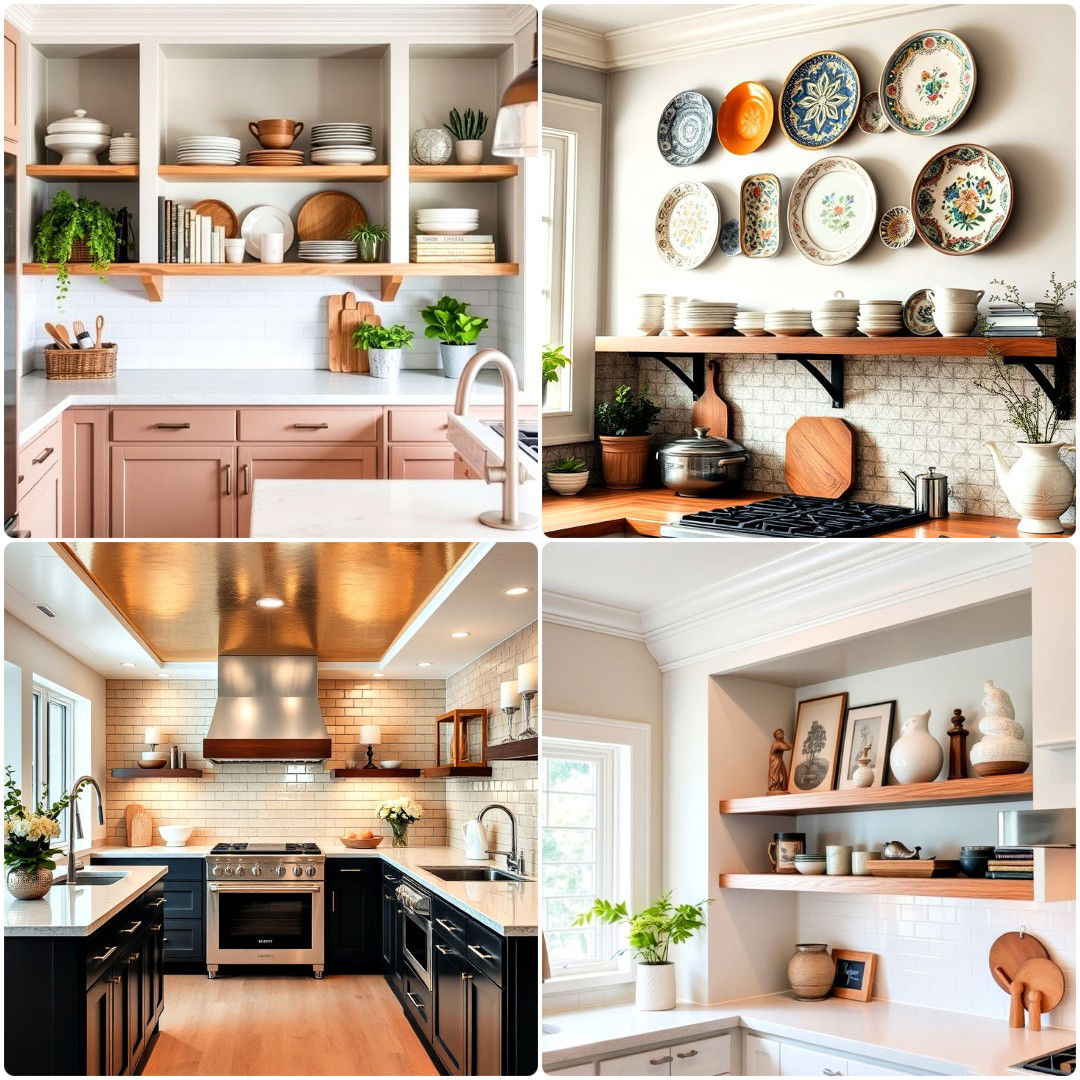
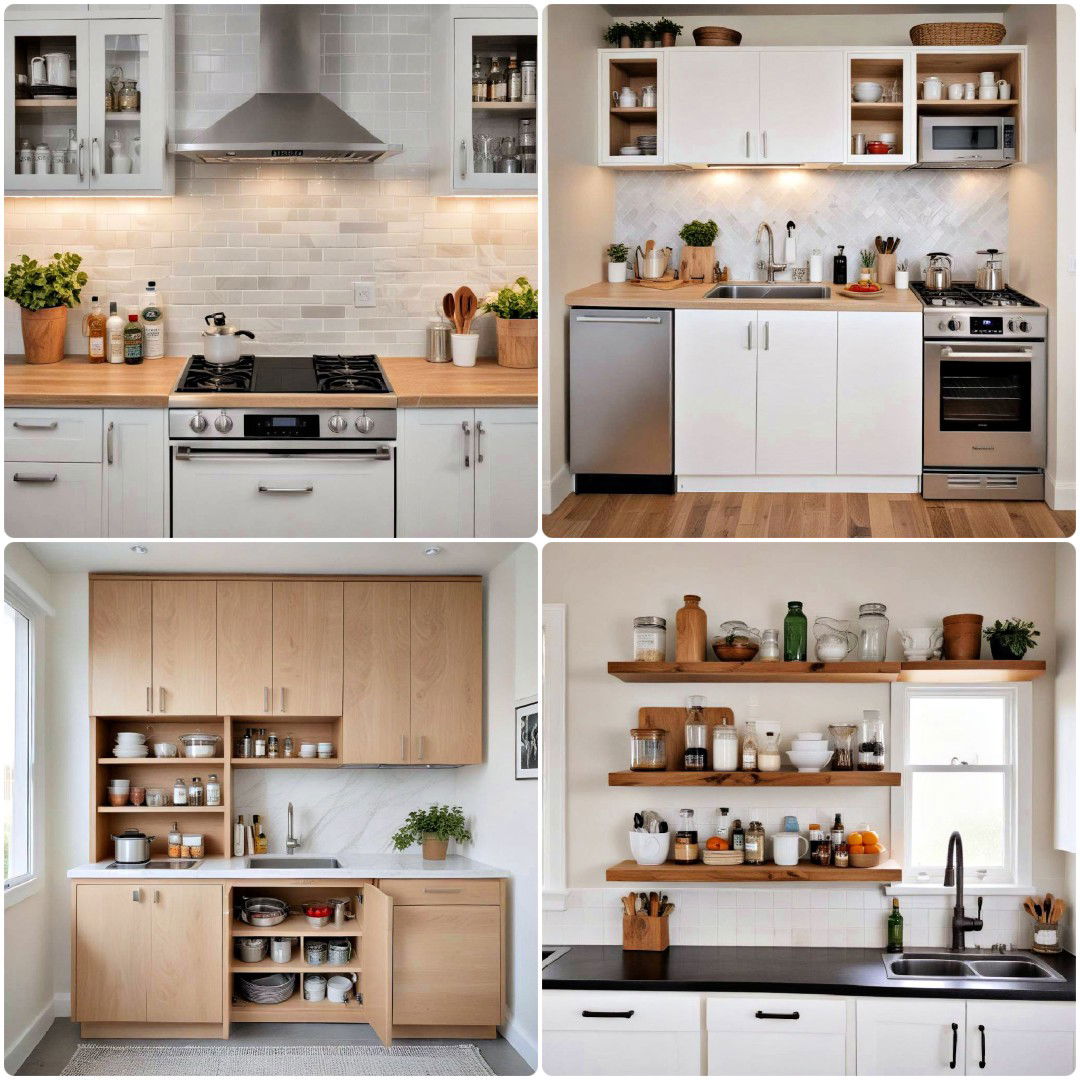
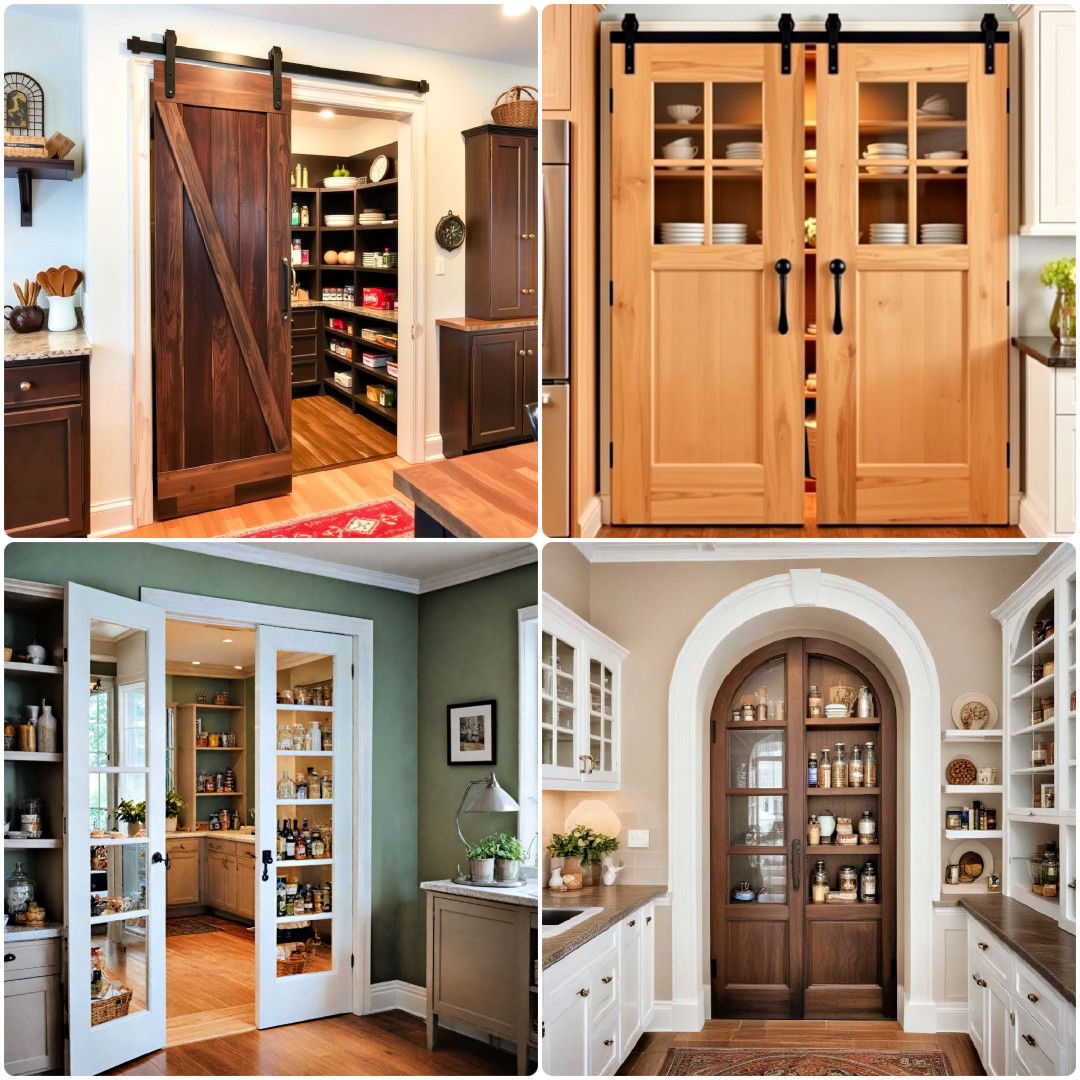

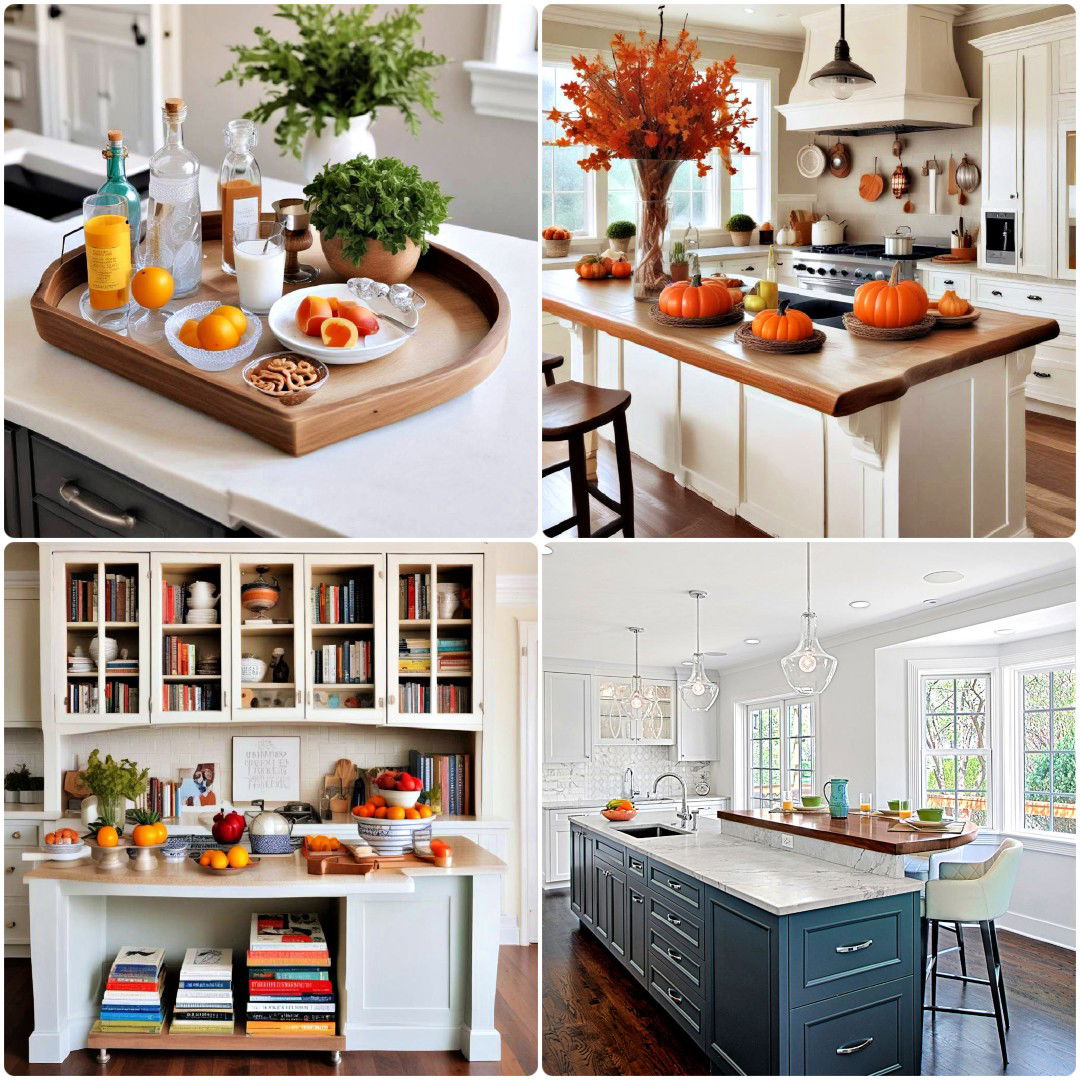
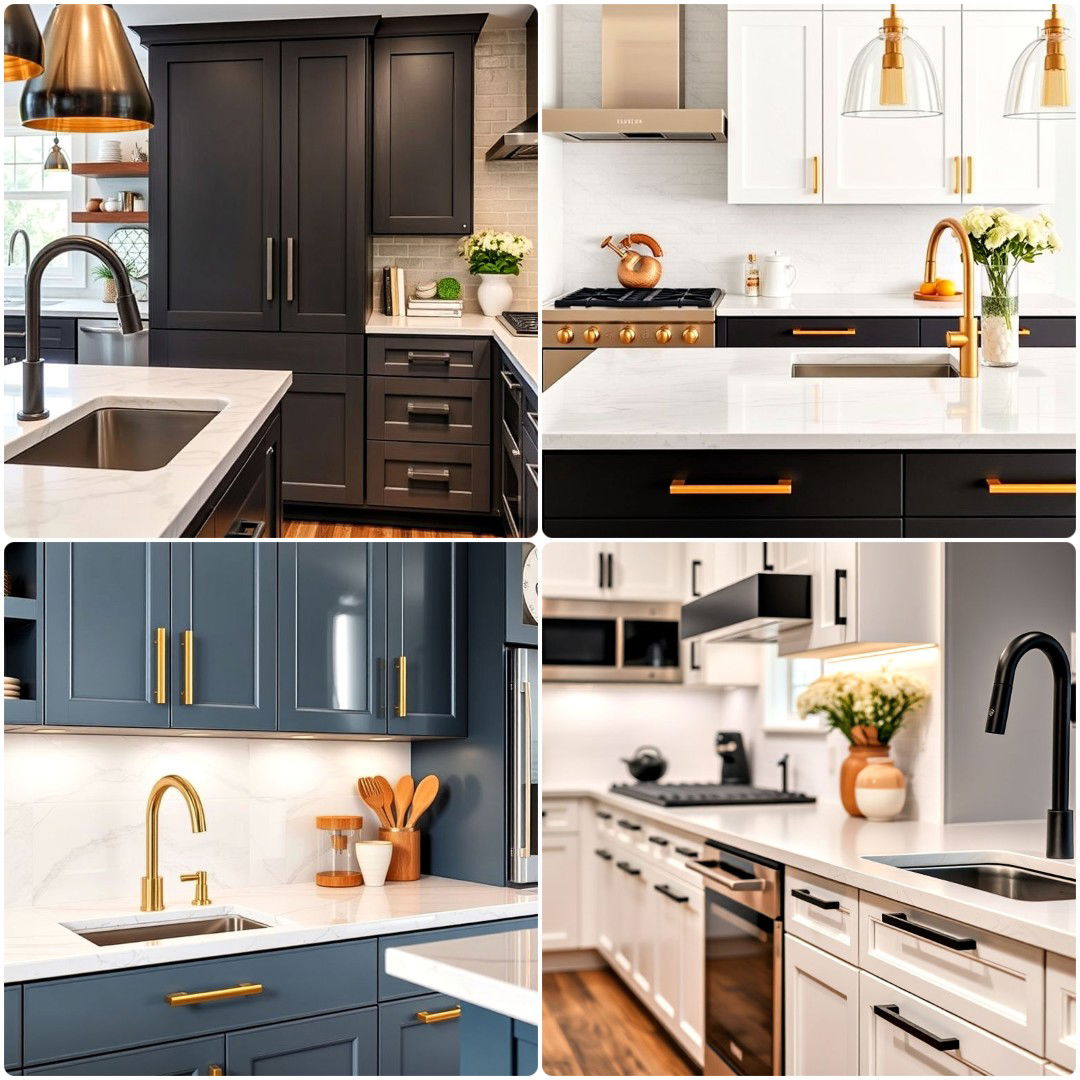

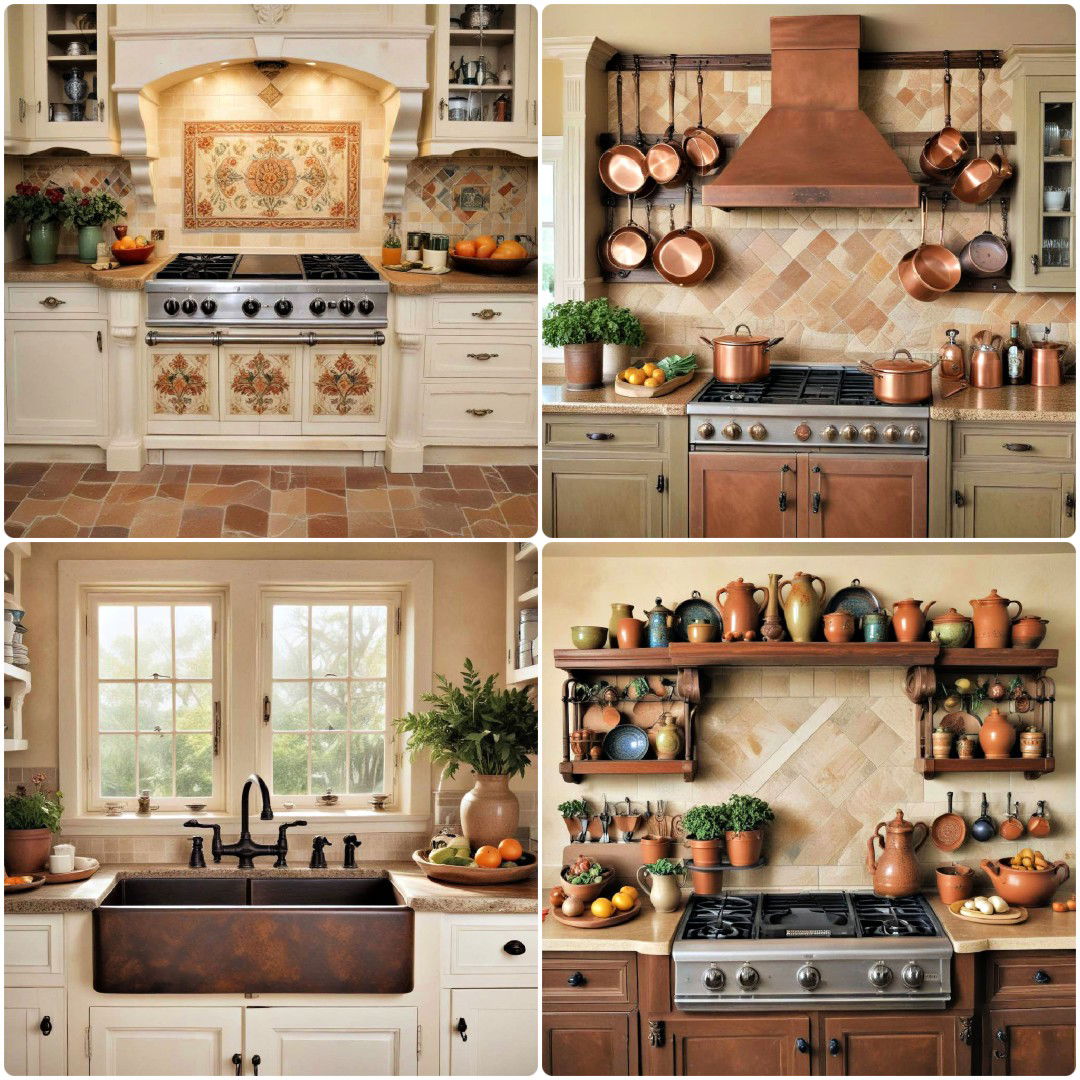
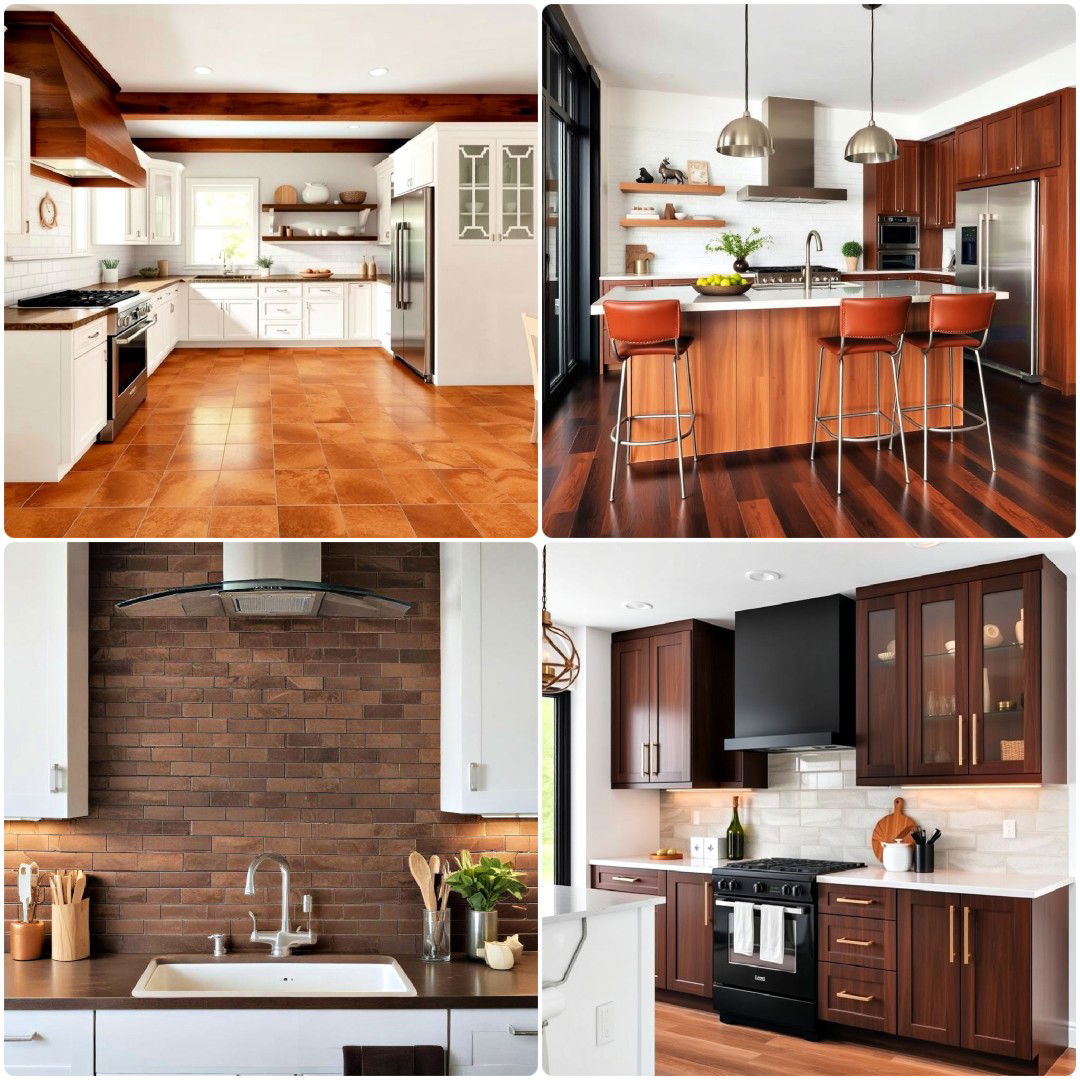
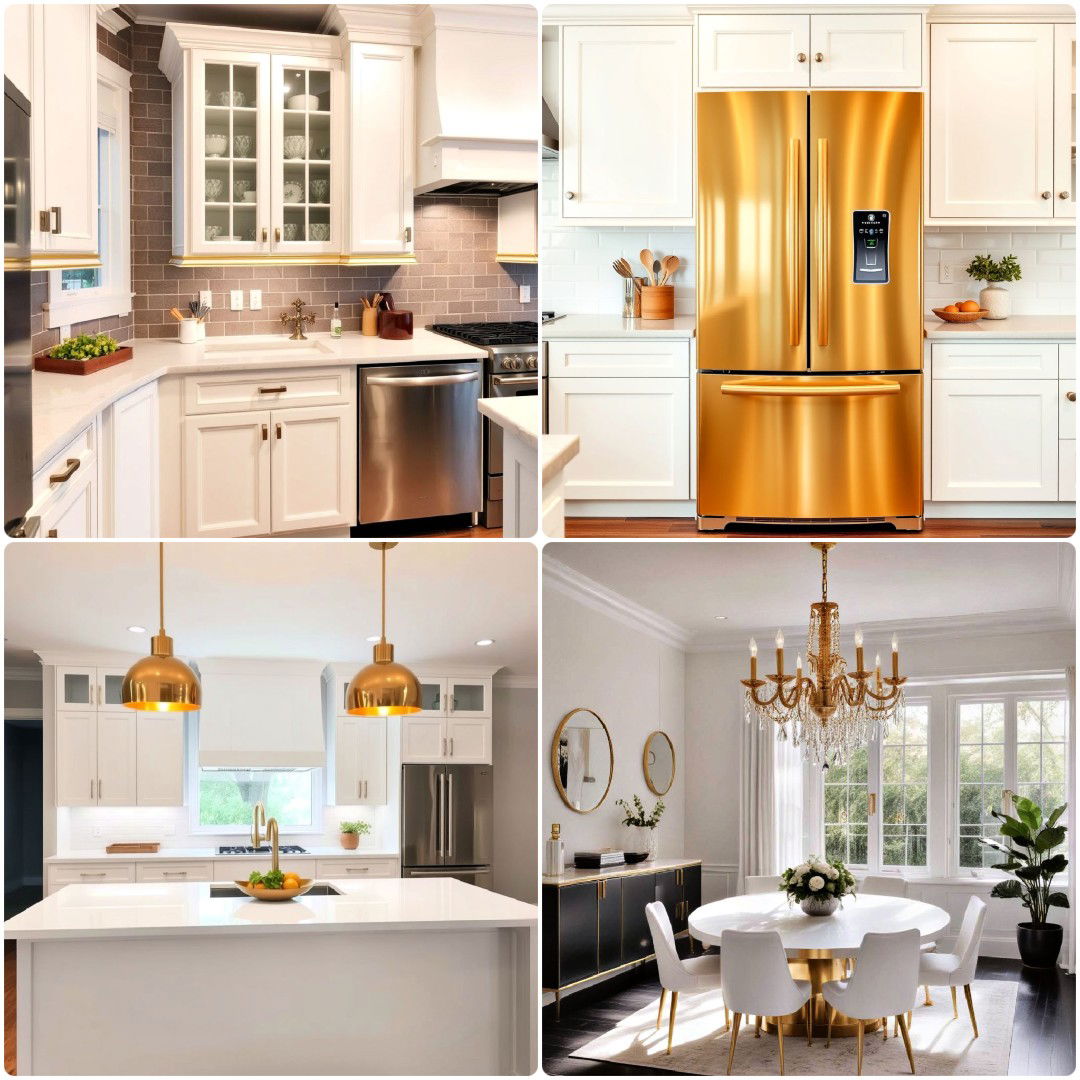
Leave a Reply